An Epic Adventure into Egypt’s Valley of the Kings
An Epic Adventure into Egypt’s Valley of the Kings
I’ve always been fascinated by ancient Egypt, and in the spring of 2021, I finally took my first ever solo trip to see the mysteries, places and artifacts left to us by that great ancient civilization. Naturally, the first archaeological site in my Egypt itinerary was one I’d long dreamed of: The Valley of the Kings.
Located on Luxor’s west bank, the Valley of the Kings is an ancient burial complex where almost all of Egypt’s 18th – 20th dynasty Pharaohs were laid to rest. Here’s my account of the magical visit I had there: An Epic Adventure Into Egypt’s Valley of the Kings.
Arrival
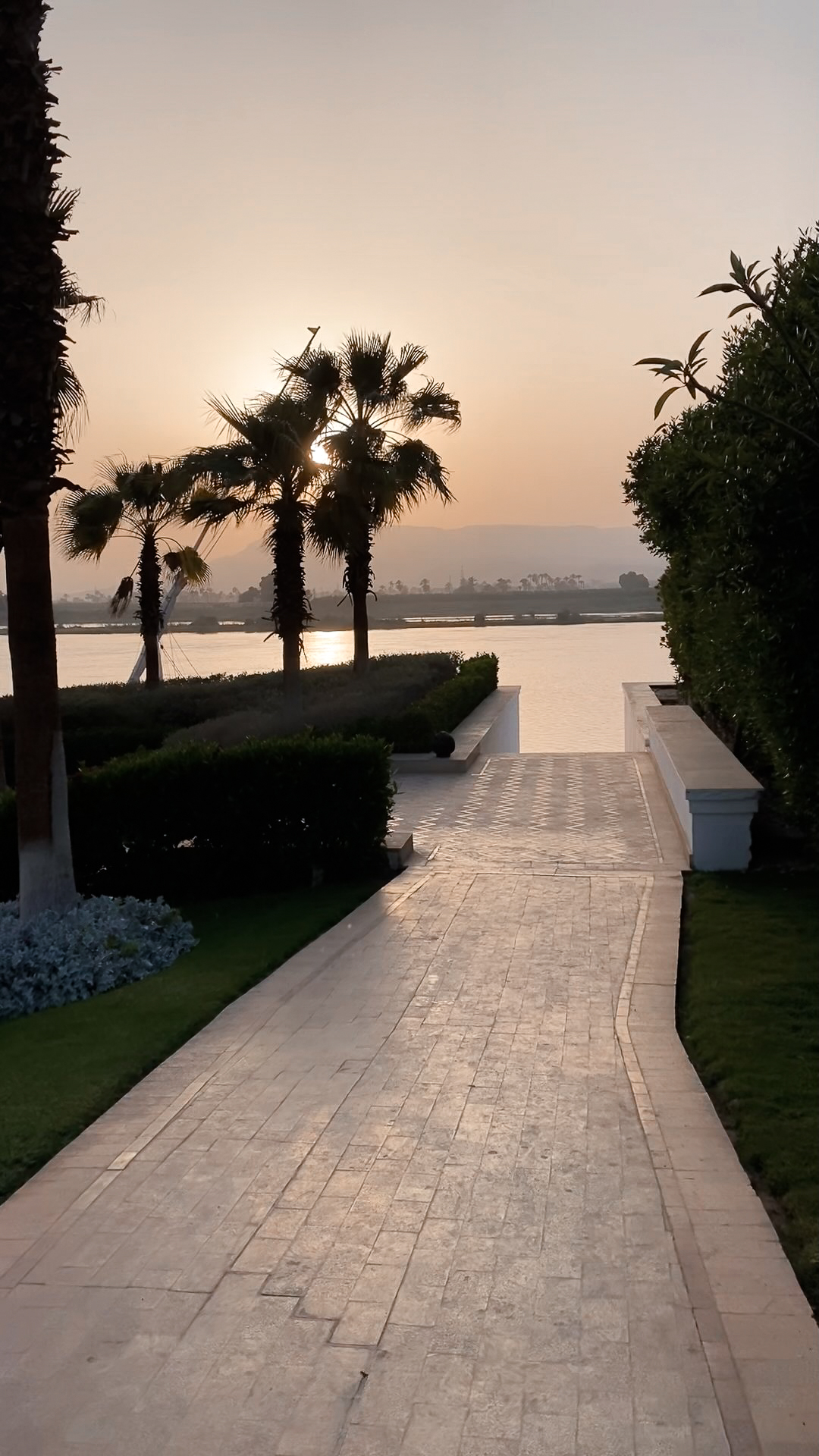
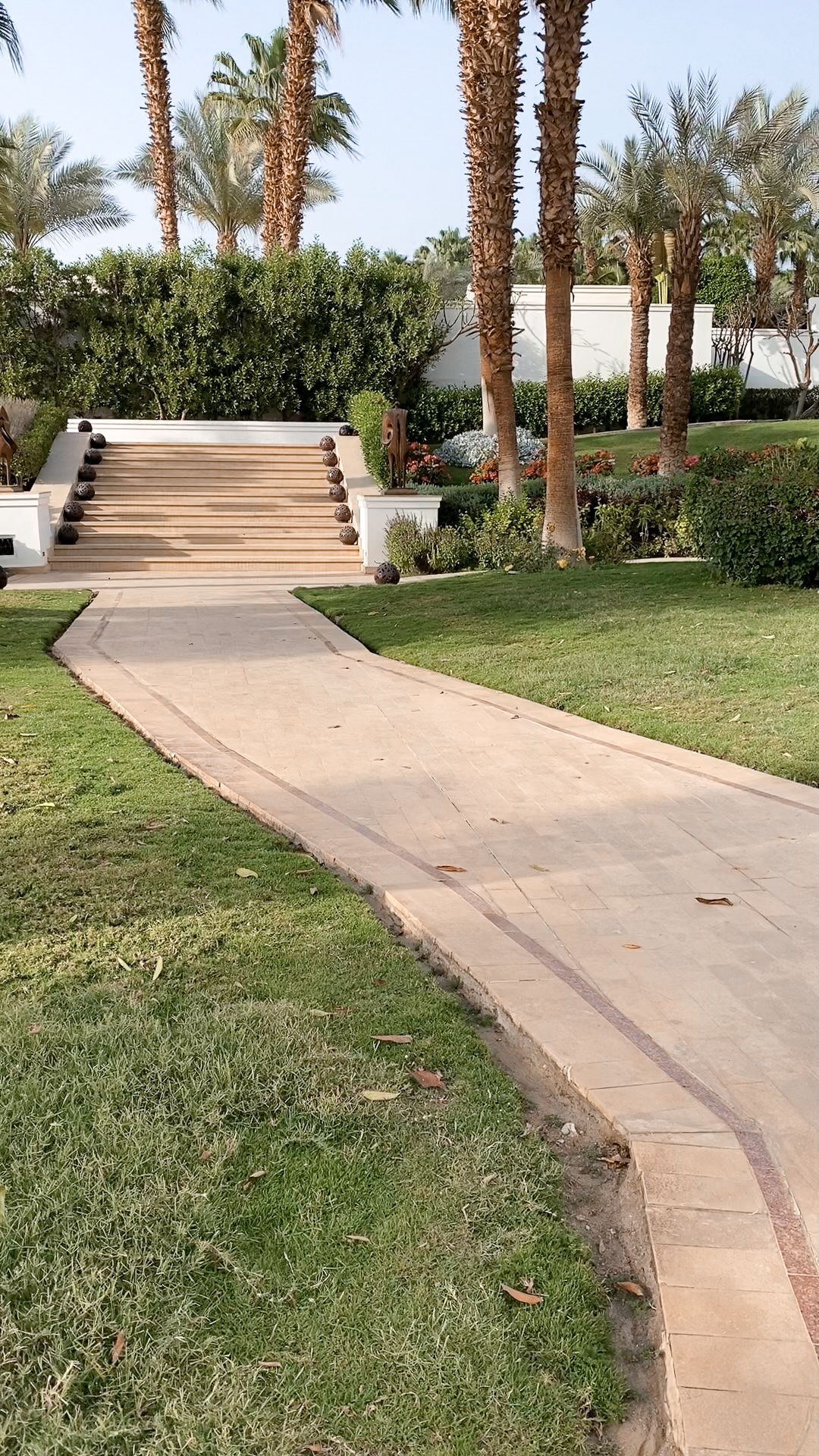
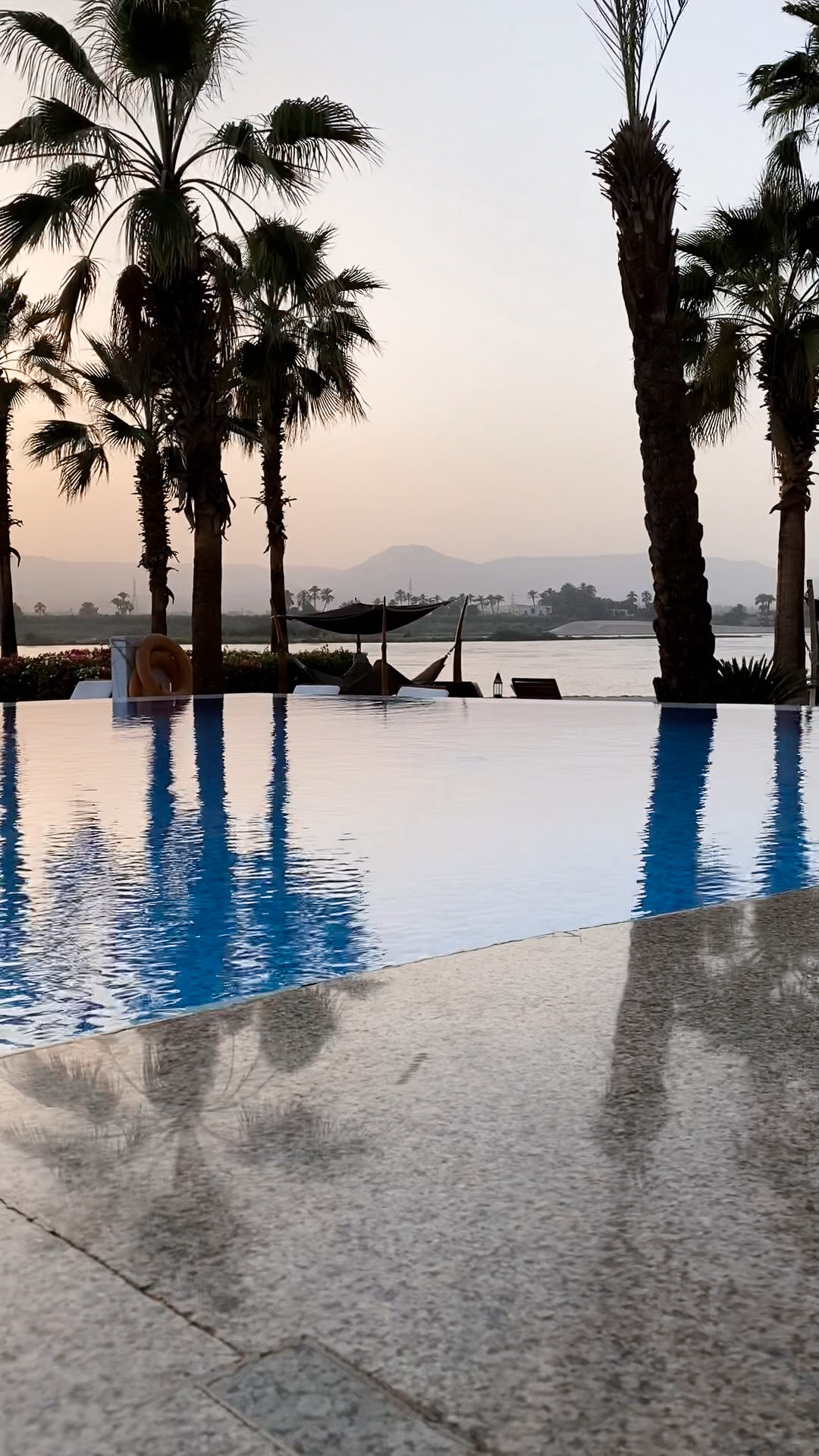
My journey began at 6:30AM when my Memphis Tour Guide, Ahmed, arrived to pick me up from my hotel. Despite having actively asked for an early departure to the Valley of the Kings, I woke up feeling extra sluggish that morning. Perhaps it was from traveling by car the day before, but I was running 5 minutes late and now anxious about making a bad and typically American first impression with a guide I had yet to meet in person.
Despite my tardiness, however, Ahmed seemed calm as I excitedly rushed to meet him, arms filled with my large camera, a bag of lenses and other accessories and my wide brimmed Indiana Jones style hat.
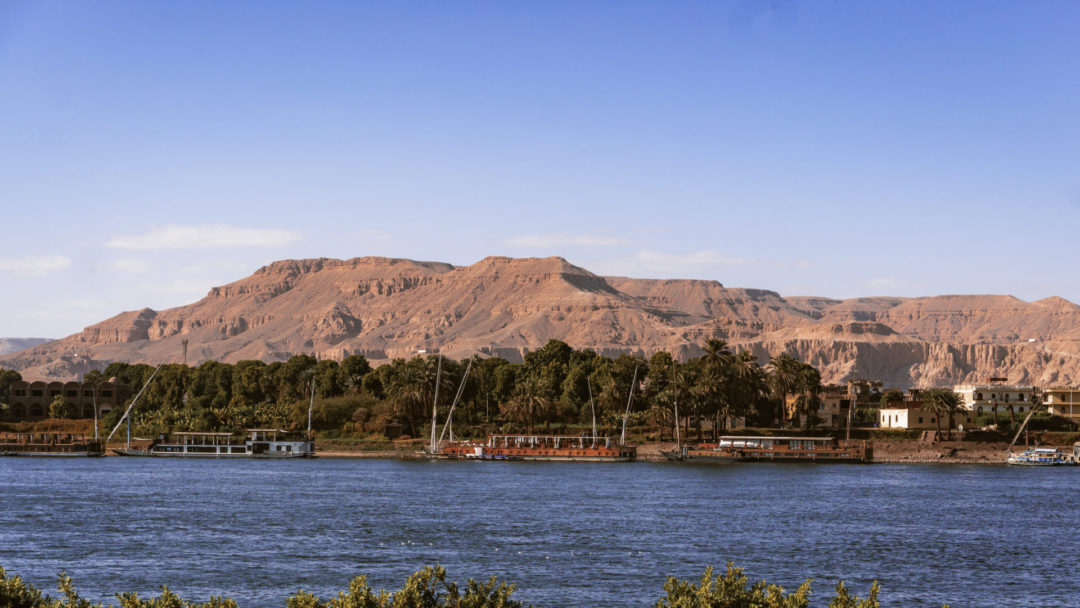
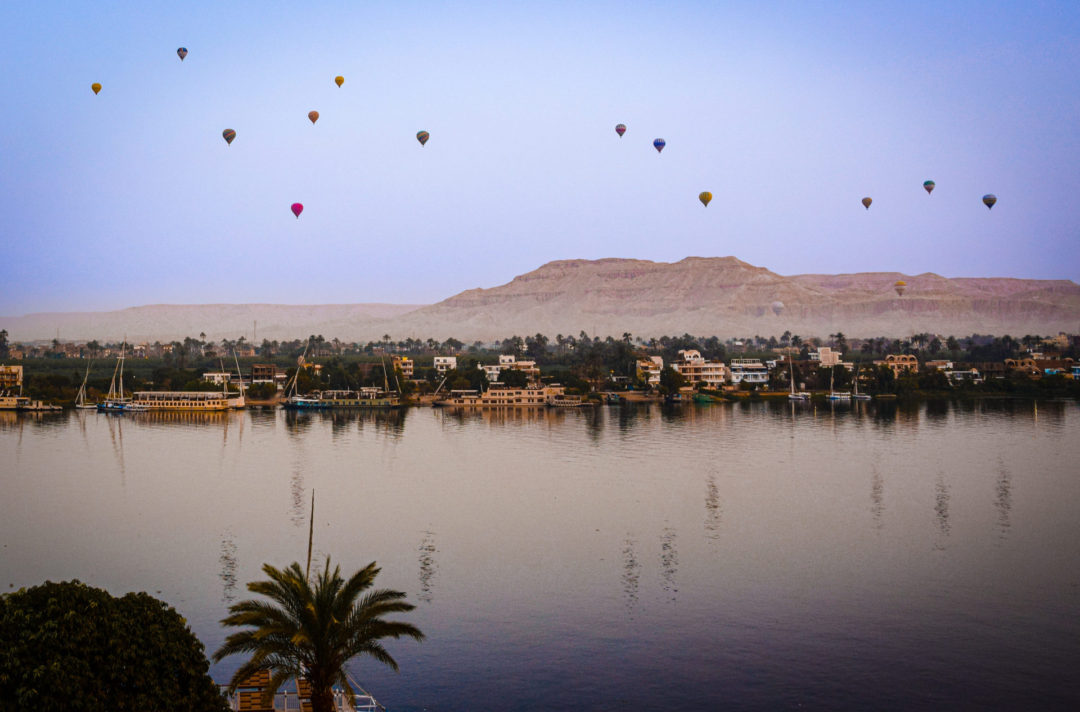
We quickly made our introductions before he motioned me toward a Memphis Tours van parked in the hotel’s valet, “Ready?”. And was I ever!
We drove in that van for almost an hour traveling from my hotel on the east bank to the Valley of the Kings on Luxor’s west bank, all the while my stomach was doing backflips in anticipation for the ancient wonders that lay ahead.
As we made our arrival, Ahmed, who spent the entire car ride pointing out ancient sites as we passed them, suddenly became serious. “Do you have sunglasses?”, he asked. I did.
“Before we arrive at the ticket office, we will go through some shops. Make sure to wear your sunglasses as we pass through and do not look at or talk to any of the salesmen, unless you want to buy something. They can be aggressive with tourists.”
Following his advice, I donned my large tortoise sunglasses and exited the van. Ahmed’s sunglasses tip did wonders – there were definitely a few persistent salesmen who came straight toward me with goods in their hands, asking questions to get me to engage, but they seemed much less aggressive with me as they were with the few other tourists who also arrived at that early morning hour.
Within a few minutes, we had successfully passed through the shops and reached the ticket office. Here, we bought my four desired entry tickets, plus a tram ticket:
- General Admission – includes admission to 3 of the 65 tombs – 750 EGP*
- Ramses V and Ramses VI – Tomb KV9 – 110 EGP*
- Tutankhamun – Tomb KV62 – 700 EGP*
- Photography Pass – Allowed for digital camera and video shooting – 300 EGP*
- Tram Ticket – 20 EGP*
*At time of writing.
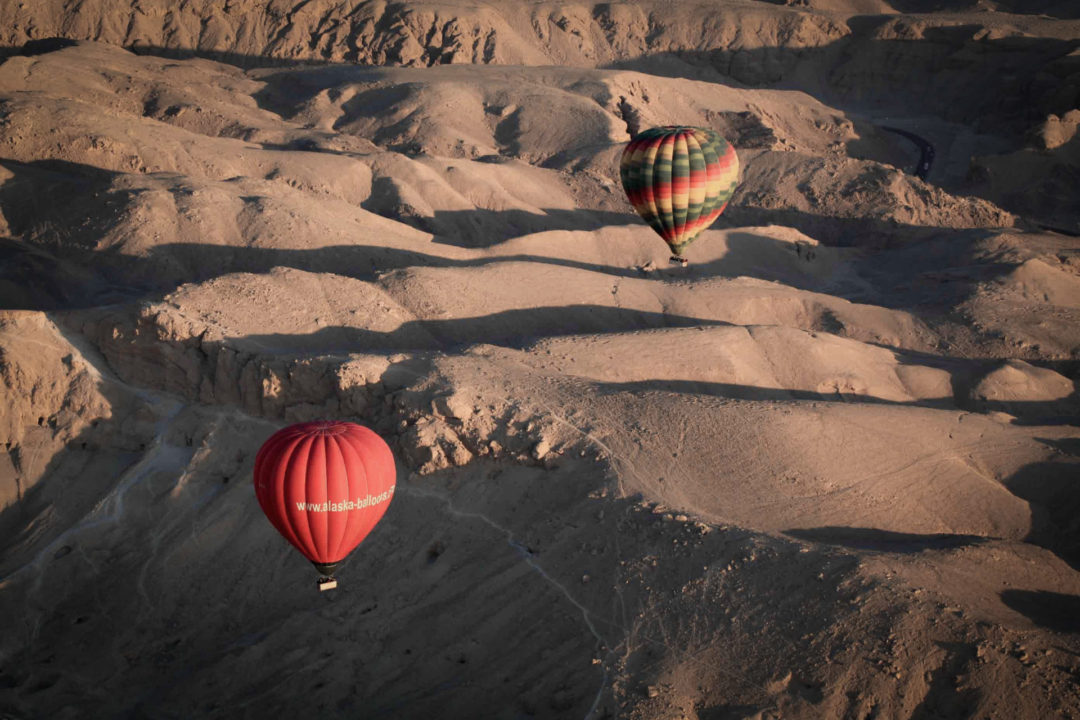
Secret Tip
For more top-line information about ticketing here, read my Valley of the Kings callout in my blog post: Top 12 Ancient Sites In Egypt, Beyond The Pyramids
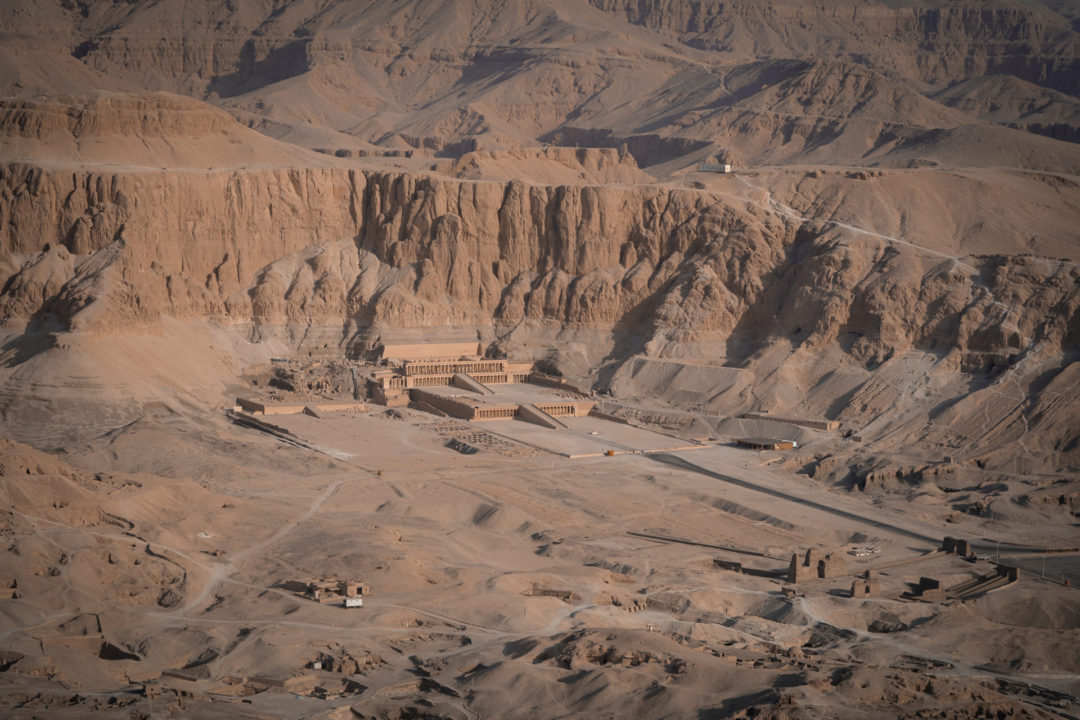
Since we were among the first to the ticket office that morning, Ahmed and I were able to quickly load onto the tram that then took us and a few others to the actual entrance of this historic Valley.
I still remember the vast expanse of desert stretching out before us, with huge mountains looming over on either side. Once we were close enough to the tombs to hop off the tram, I noticed the groups of excavators placed at strategic points around the Valley and in between the publicly-opened tombs. “The Valley of the Kings is still quite an active dig site” Ahmed told me as I began fantasizing of a discovery being made just as I was visiting.
Merenptah – KV8
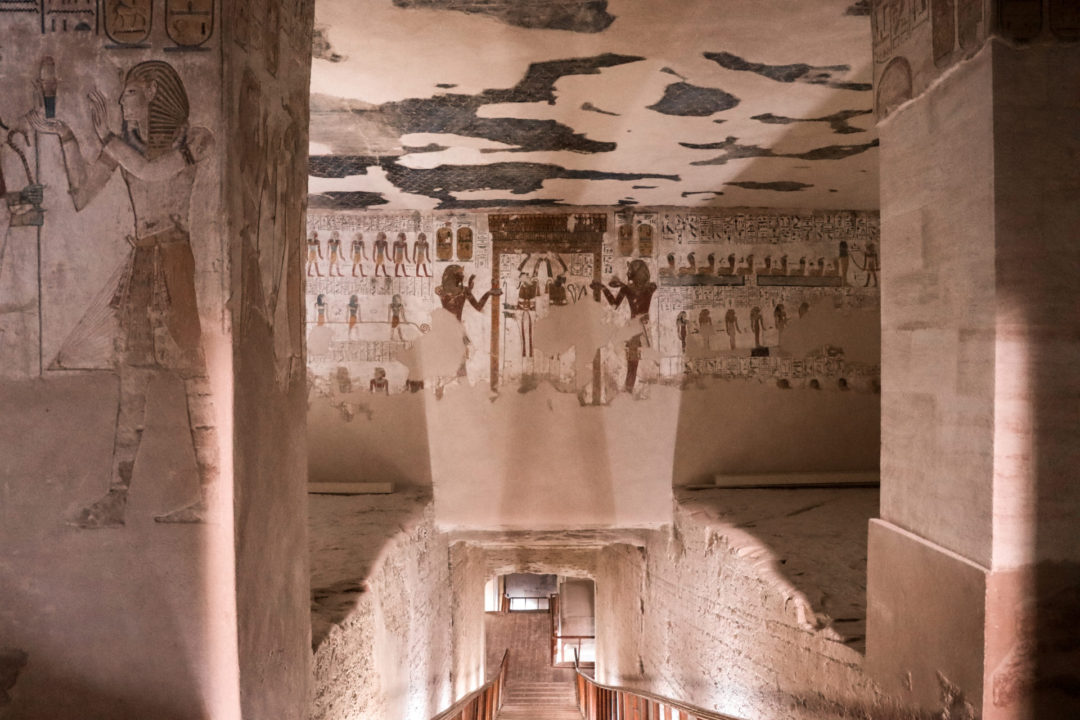
Close the tram drop-off point was our first stop: The Tomb of Merenptah, or KV8.
Normally, guides are not permitted inside the tombs due to overcrowding. However, because of how early we had arrived, because Merenptah is a less frequently visited tomb and also because the nearby guards wanted a baksheesh (tip), Ahmed was allowed to venture in with me.
Stepping inside, I felt the heat of the day quickly being replaced by a cool and eerie feeling. I slowly began to descend the narrow staircase that drew from the Tomb’s mouth and into the heart of that ancient burial place. Half watching my step down the main passage stairs and and half admiring the artwork on the walls, I couldn’t help but be taken aback. I’d seen hieroglyphs twice before, both times in California during traveling Egyptian archaeological exhibitions, but never like this.
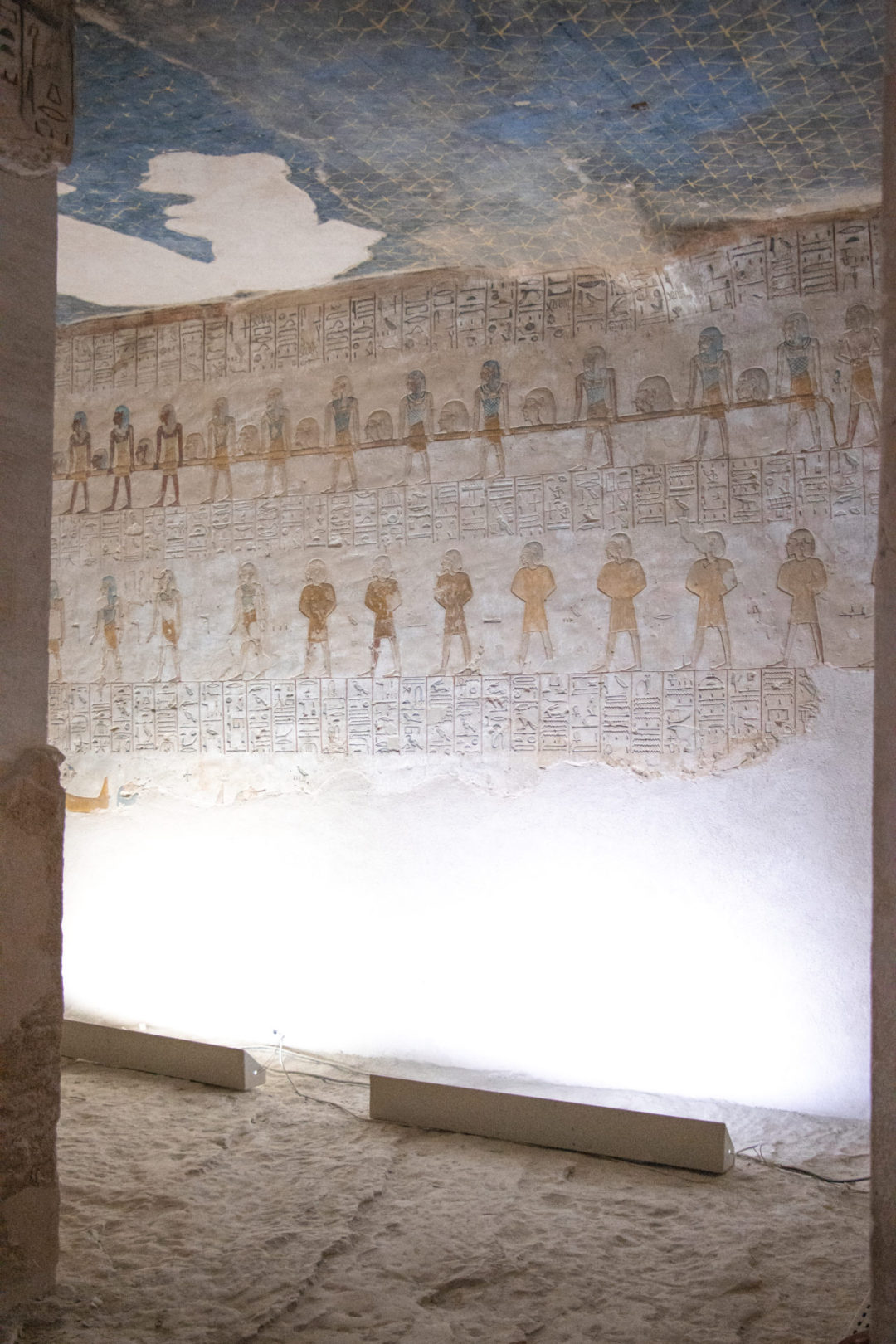
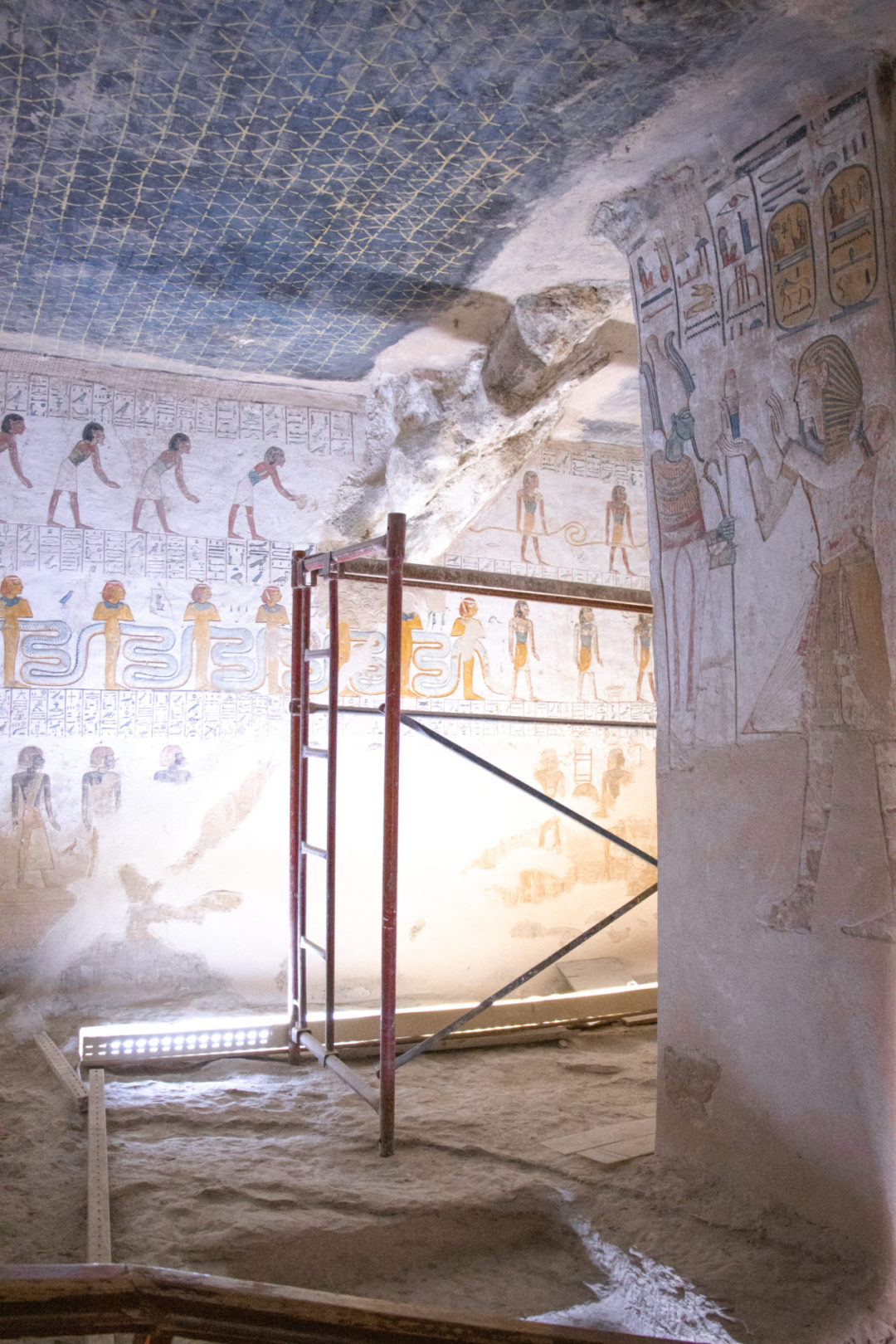
This was completely different, a permanent art piece and story unfolding before my eyes in a place that held so much meaning to this ancient civilization. The backflips in my stomach suddenly died off and were replaced by the chill of goosebumps across my arms. I’d finally made my journey to ancient Egypt and was bearing witness to the extraordinary history that had long amazed me from textbooks and movies. What magic it was.
Down in the burial chamber, one of the guards motioned toward a dark, blocked-off chamber. It was rather small, with no lights, but with what appeared to be interesting hieroglyphs. The guard lifted the wooden barricade that was otherwise preventing us access, encouraging us to go in for a closer look. I immediately knew he was working even harder to get the inevitable baksheesh that I’d already planned to hand over and was happy to oblige.
Being still the first visitors to Merenptah that day and standing inside this “forbidden” space void of any modern fixtures was an exciting plot twist I hadn’t expected! My mind flashed to Brenden Fraser uncovering ancient tombs in The Mummy and I was reinvigorated by the thrill of adventure!
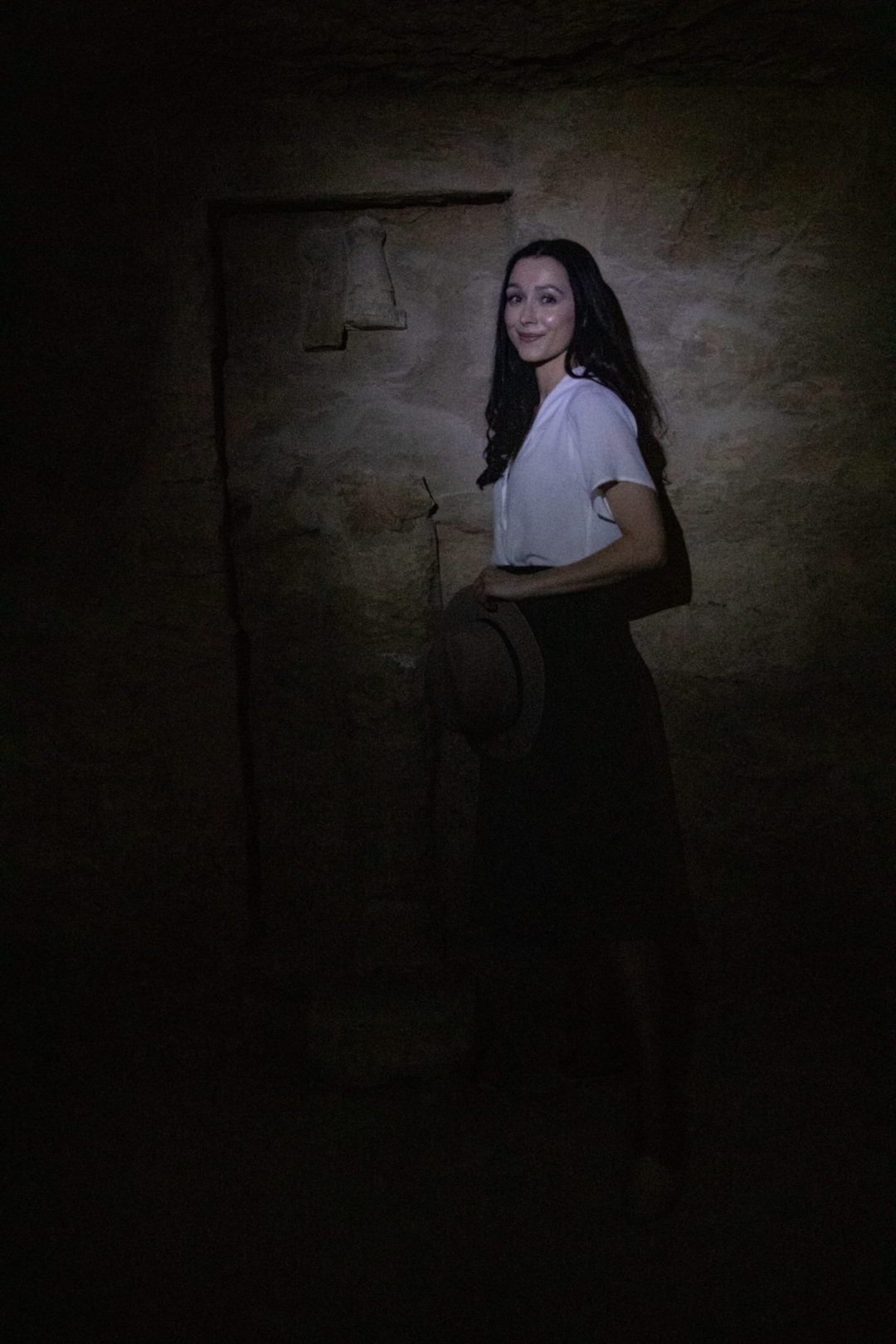
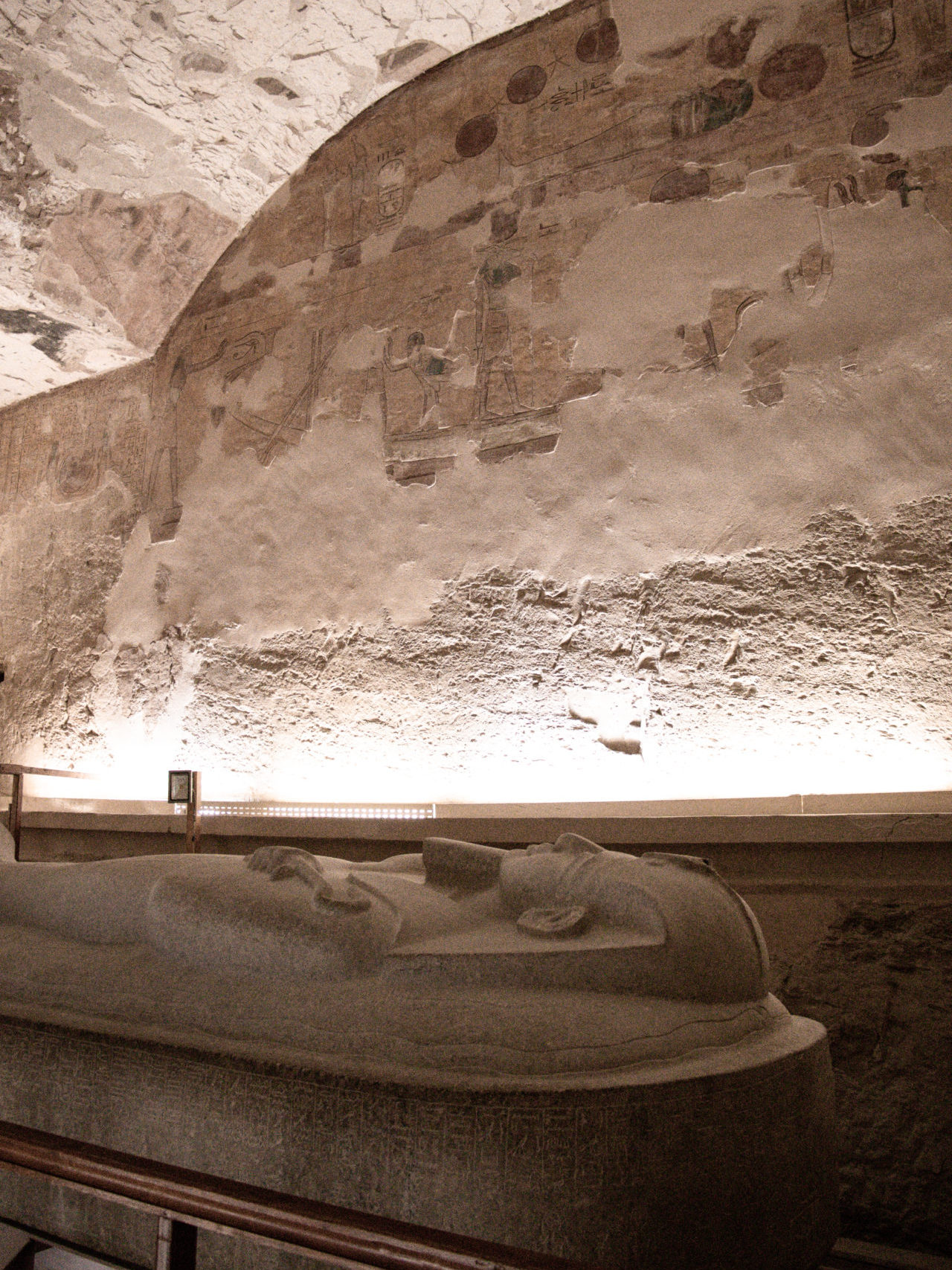
Letting the feeling take hold, I moved back into the main part of the burial chamber with Ahmed, immediately stopping in front of the giant sarcophagus standing at the center. The sheer size of the structure was magnificent, a truly fitting piece for a tomb such as this.
Here, I took in the history of the tomb, its former inhabitant, and its excavation as Ahmed told them to me: Mereneptah was a son of Pharaoh Ramses II also known as “Ramses The Great”. He was already in his later years when he ascended the throne after his father’s long reign and although the tomb is one of many that have taken on damage due to flash flooding, his is the second largest known in the Valley of the Kings.
Having now received my fill of everything inside Mereneptah’s burial chamber, Ahmed and I ventured back up the tomb’s narrow staircase and into the sun once more.
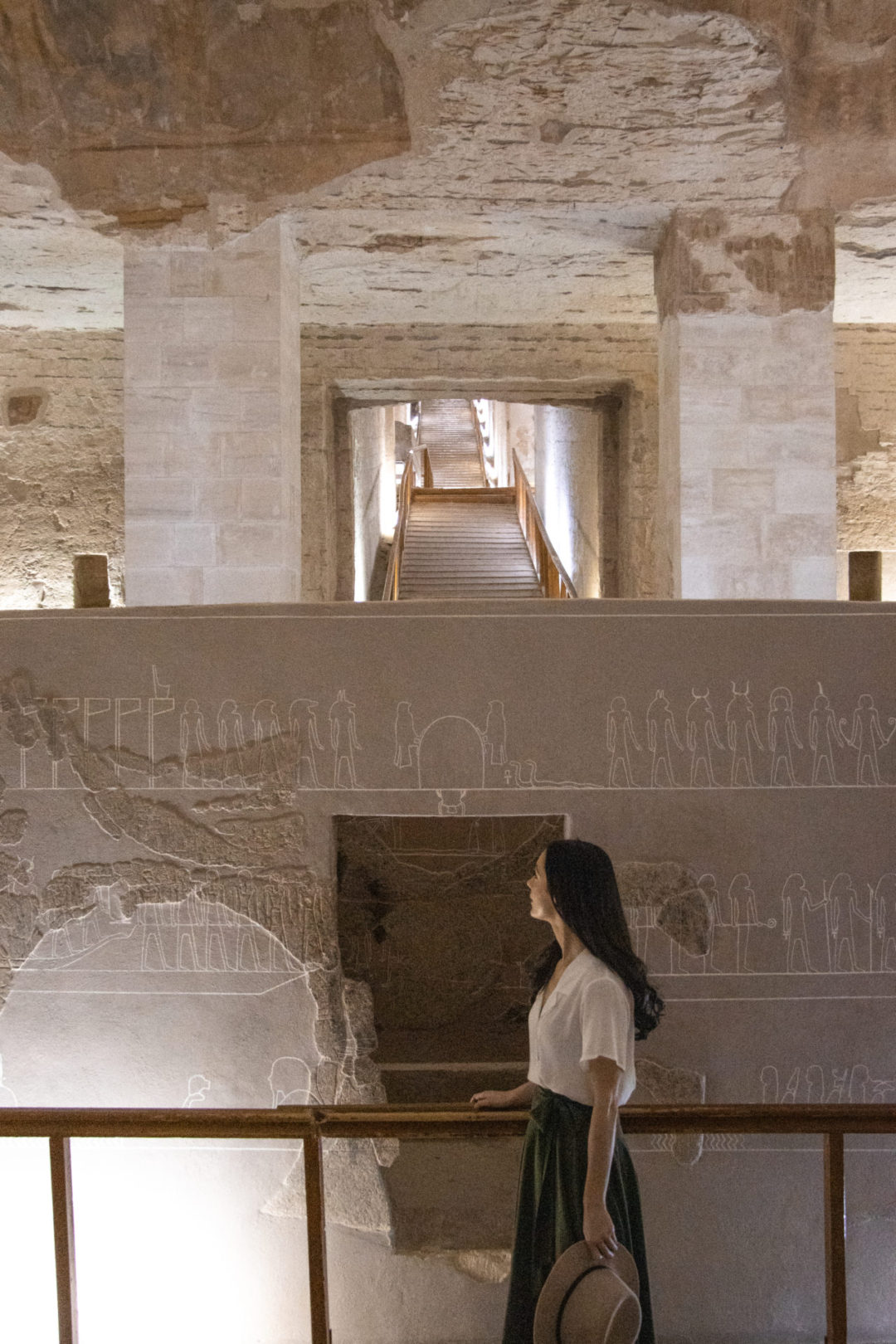
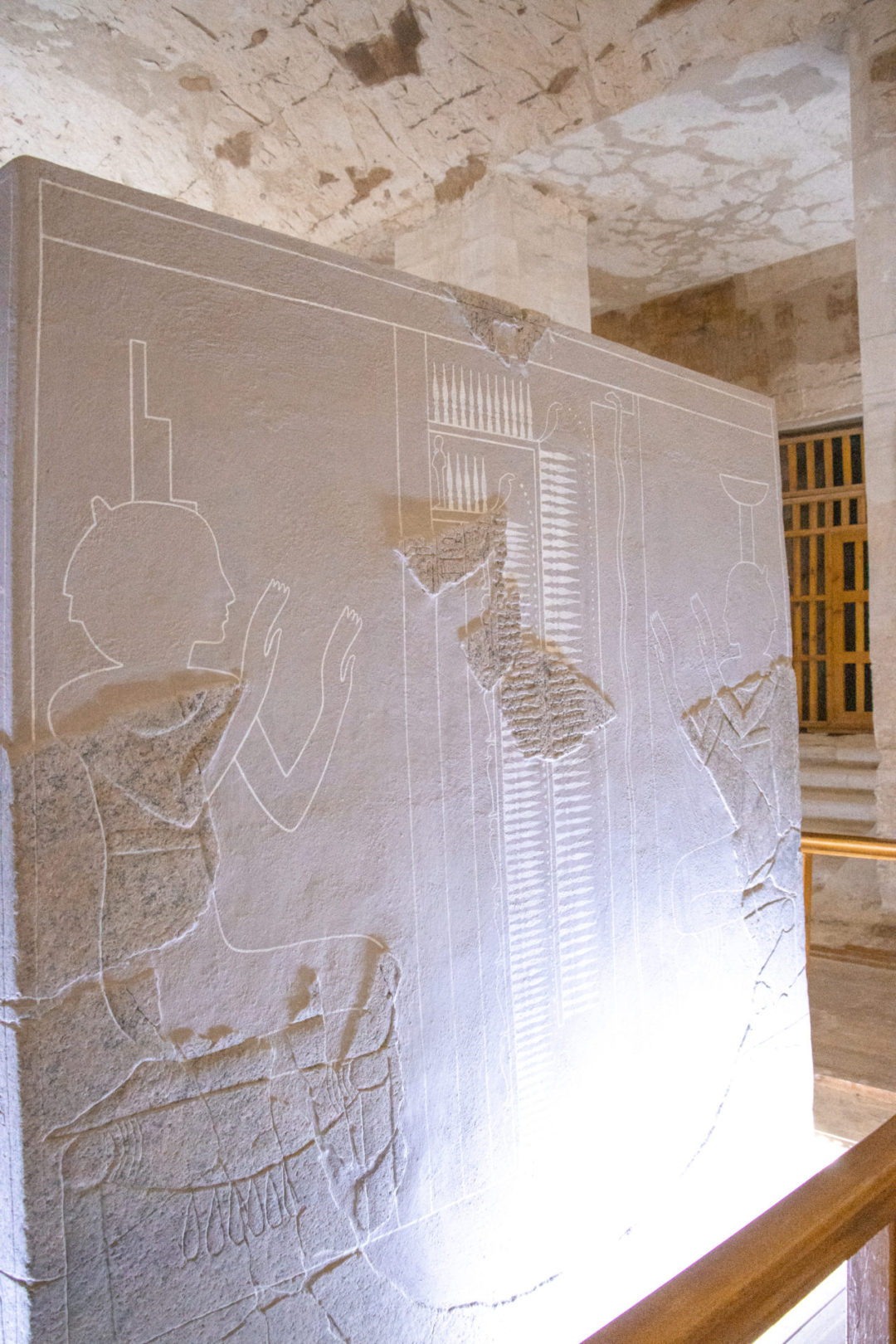
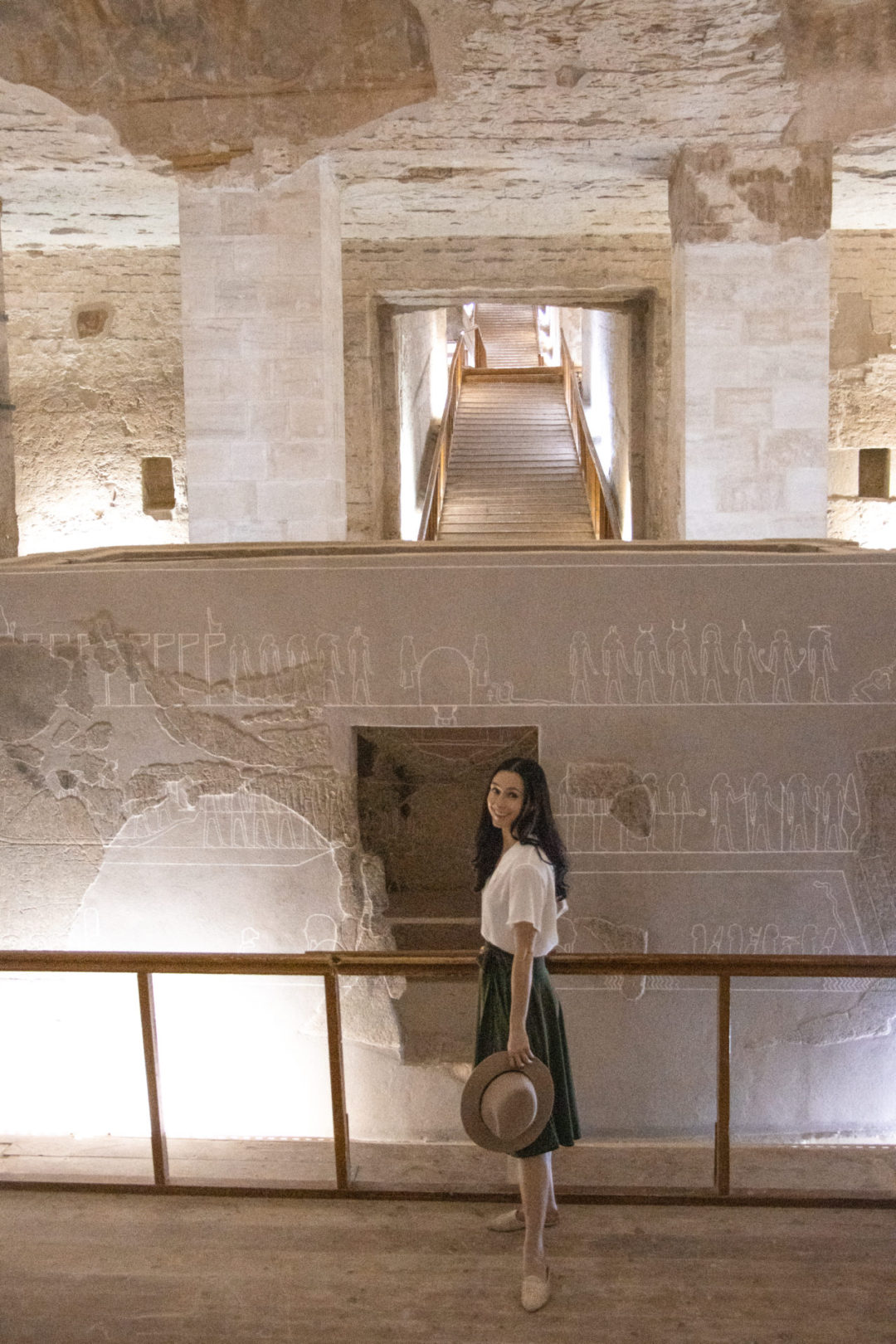
Tuthankhamun – KV62
Many people around the world – myself included – have seen pictures of the famous gold funerary Mask of Tutankhamun. In fact, I even remember the first time I saw its photo. I had been sitting in elementary school turning a page in my history textbook, and there it was in all its glory. I remember marveling over this ornate piece of ancient art, absorbing all the details in its blue and gold striped head cloth and closely studying everything I could find in its piercing gaze.
Of course, the mask was found and made famous in 1922 when Howard Carter discovered the Tomb of Tuthankhamun. Because learning about this very mask and tomb is what ignited my childhood-to-adulthood fascination with ancient history, I was particularly to visit KV62: the Tomb of Tutankhamun.
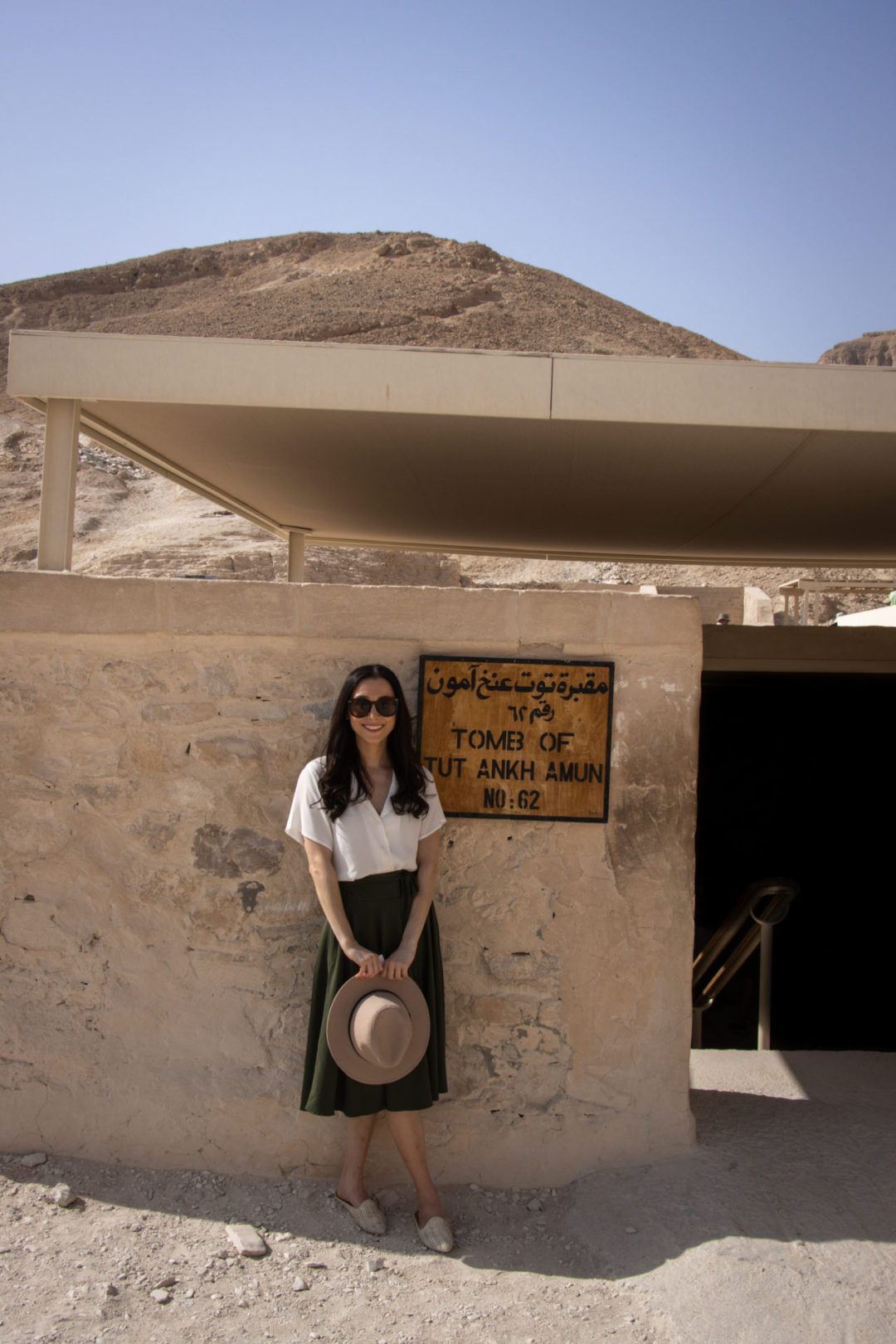
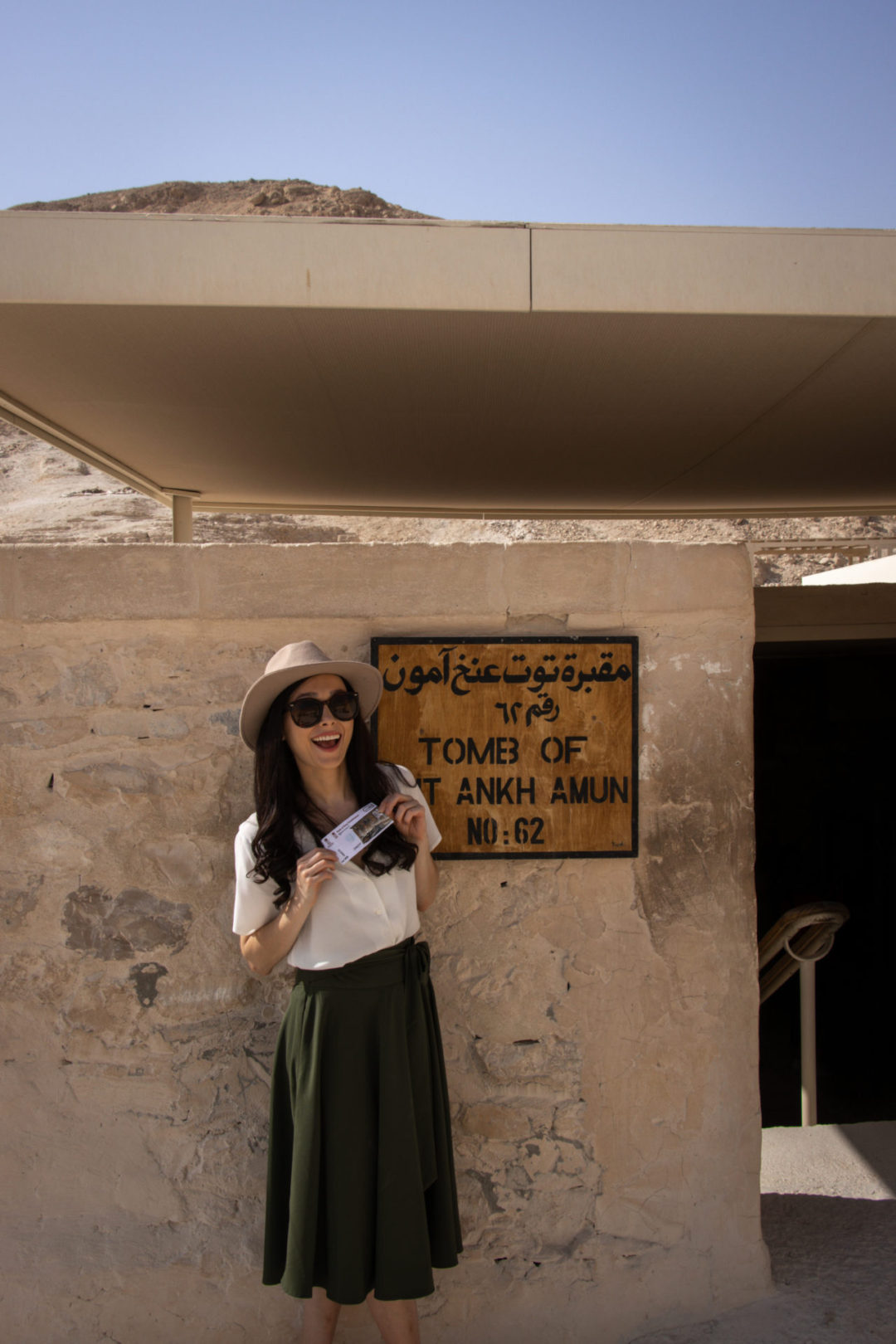
“Due to its popularity and its small size , you’ll need to leave your large camera with me. They are not allowed inside”, Ahmed explained as we inched closer to the tomb’s protective walls and gate.
I eyed the entrance to the Tomb and said, “I understand, but, I definitely need a photo by the sign as proof for my friends and family back home that I’ve actually been!”. Ahmed then laughed, obliging me with my cheesy tourist photo.
Inside, the tomb was small as he said, but beautifully decorated, with vibrant paintings that seemed to jump right off the walls of that dimly lit chamber. Sealed just beneath these paintings was a glass box – and inside Tutankhamun’s mummy.
It felt surreal to stand in the very same tomb that the boy Pharaoh was still resting in today and that he had been sealed with his famous funerary mask for over 3,000 years.
I was even more lucky as there was a minute inside where no other tourists came to view this usually popular spot. One of the guards took this opportunity to offer me a photo – on my phone – in exchange for a baksheesh, which I agreed to. I knew these types of offers would be very common and persistent throughout the day, but I absolutely had to mark the occasion.
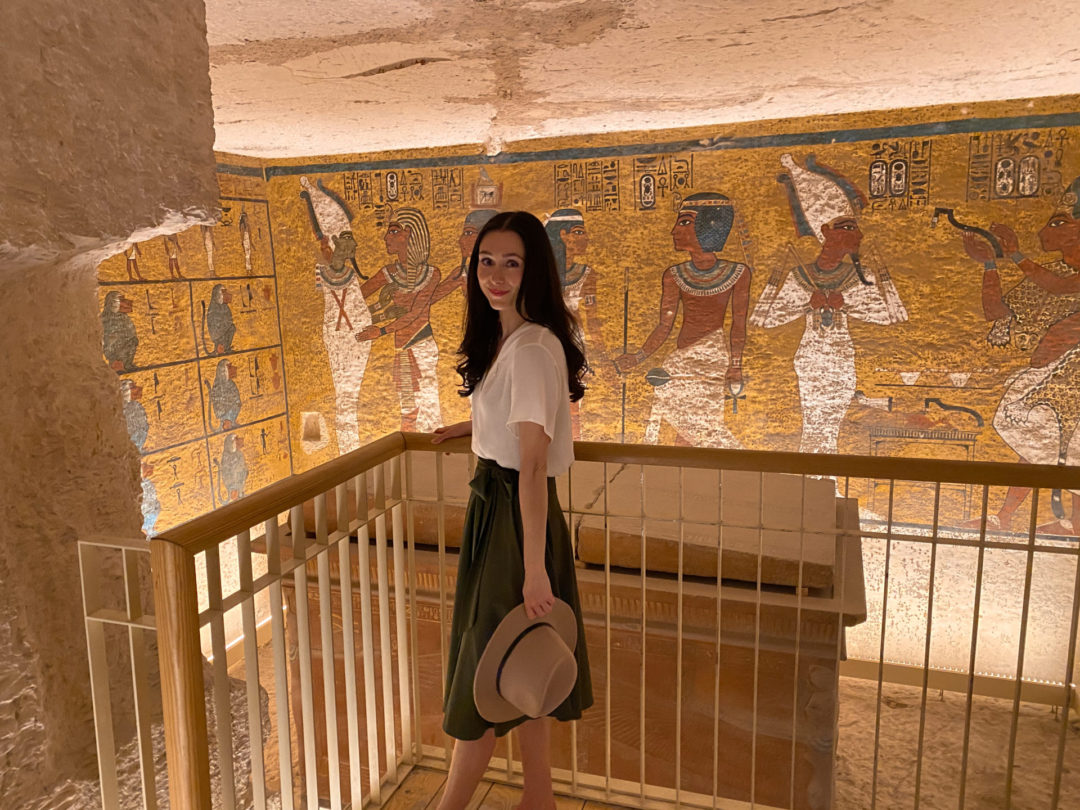
Ramses V and VI – KV9
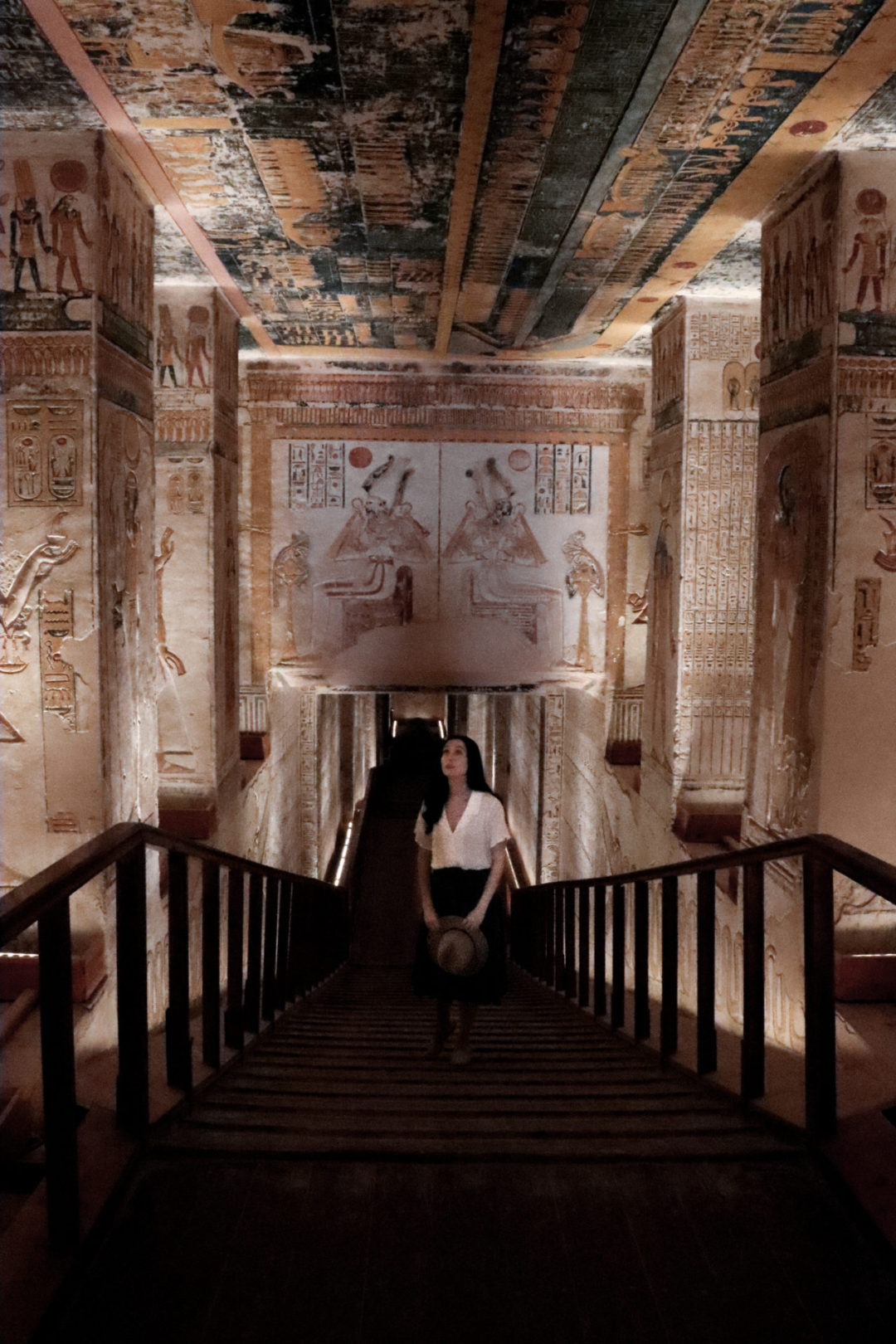
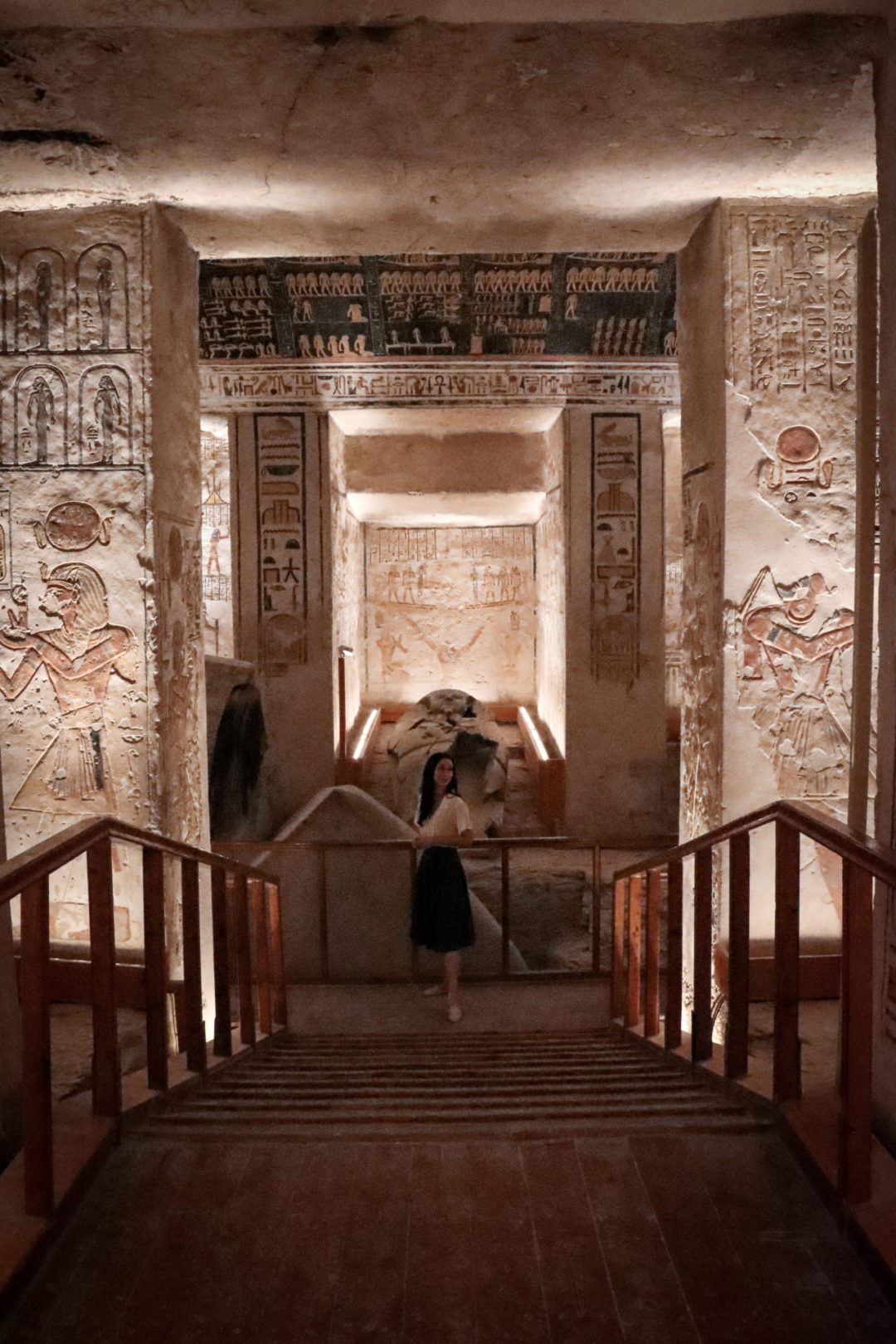
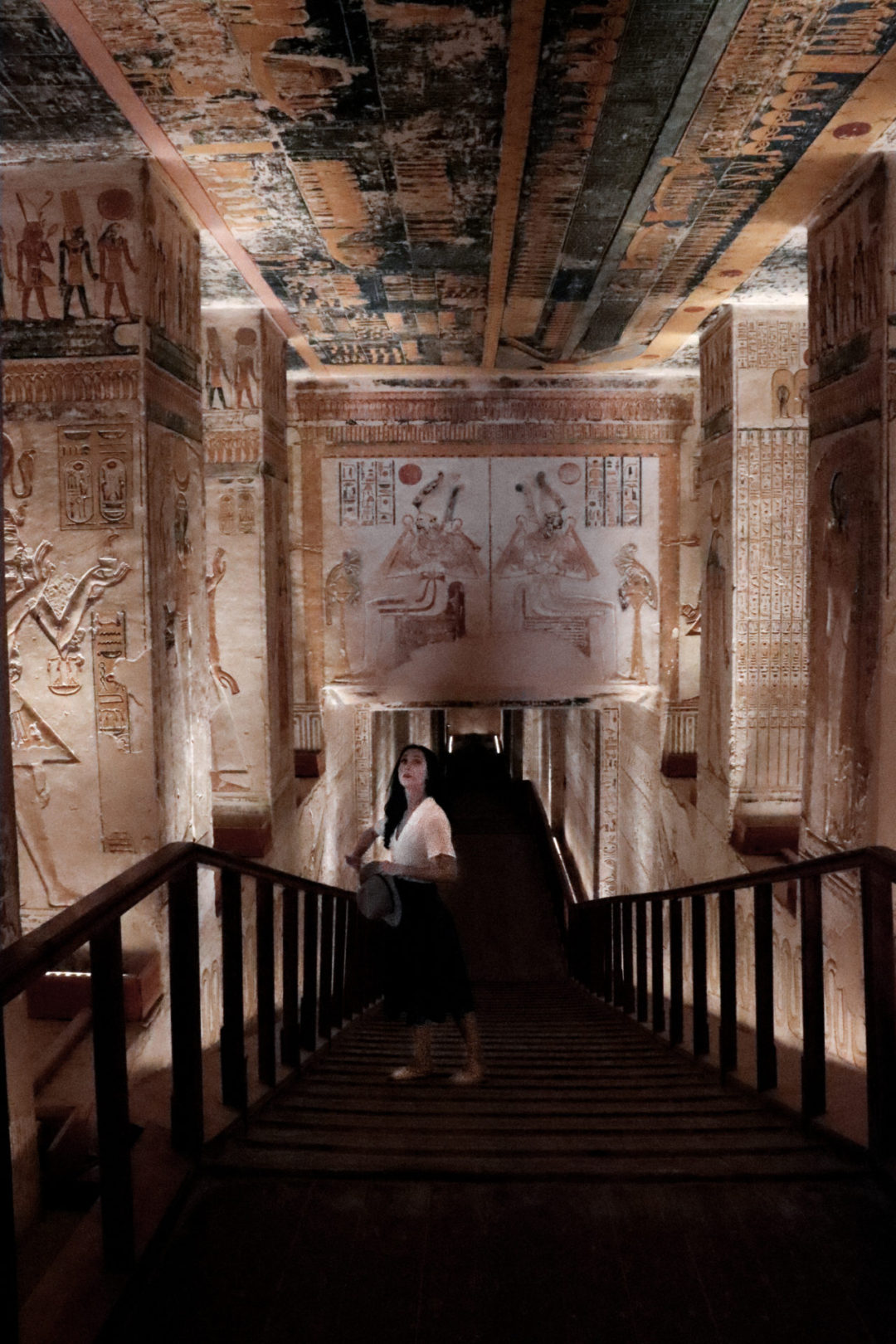
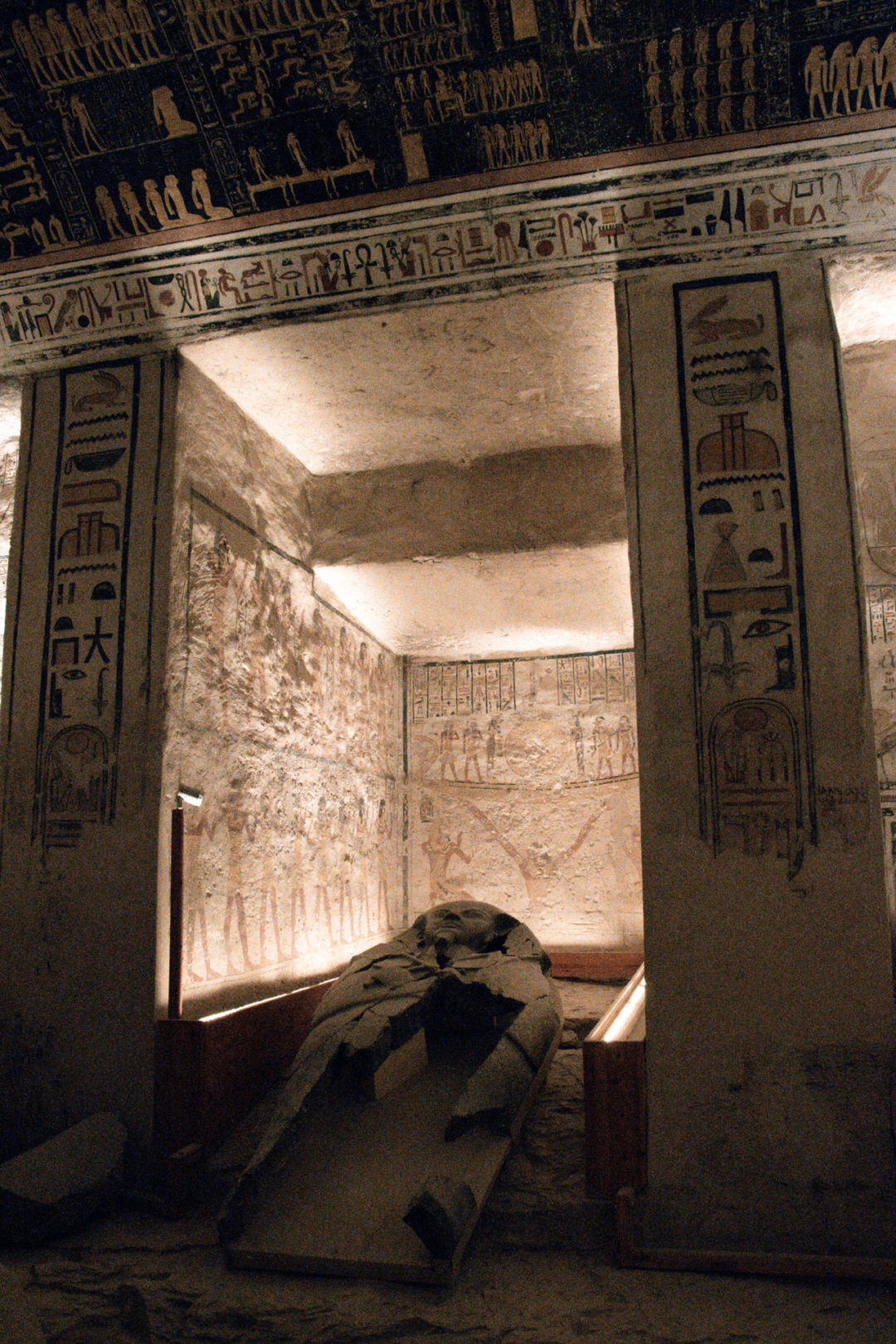
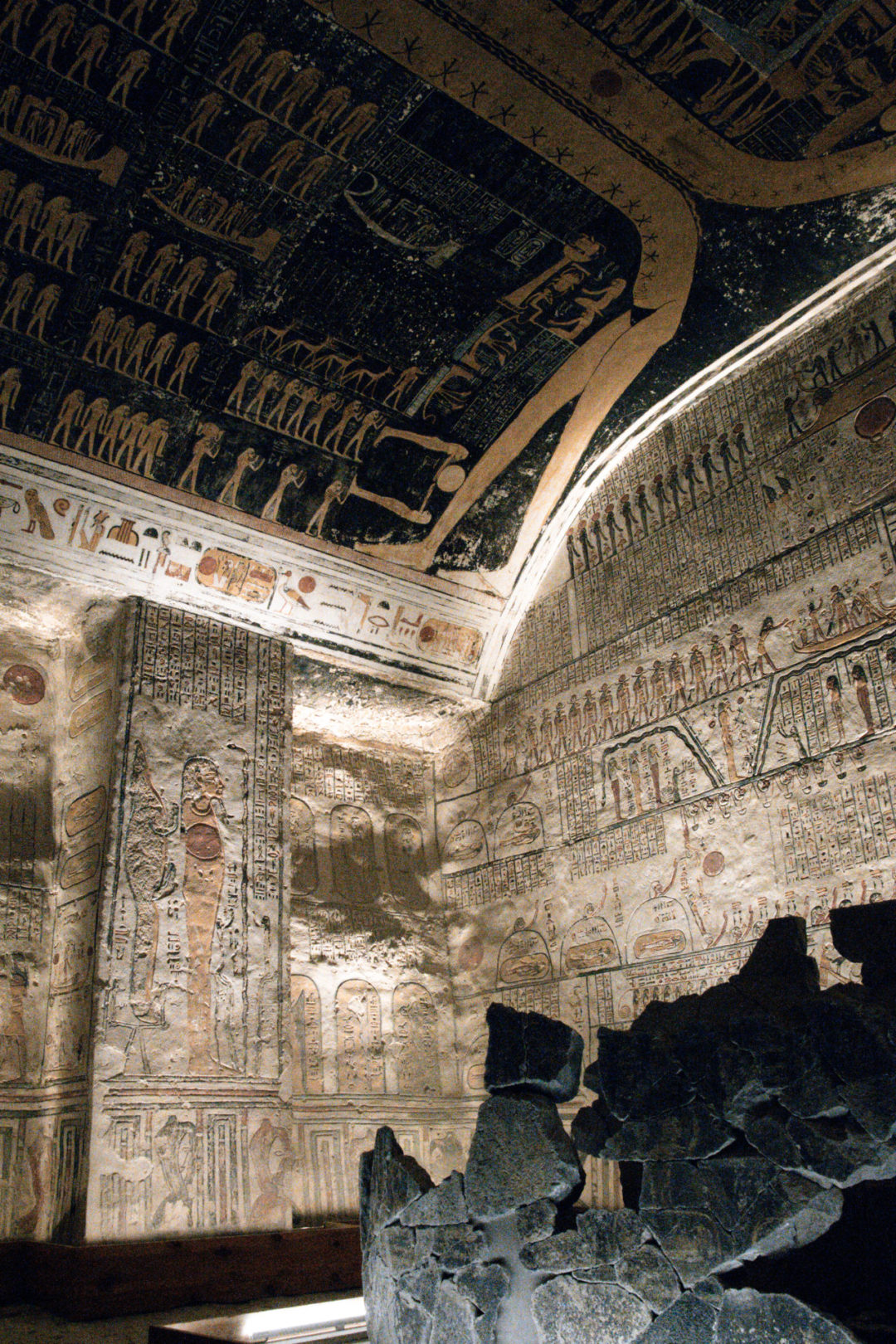
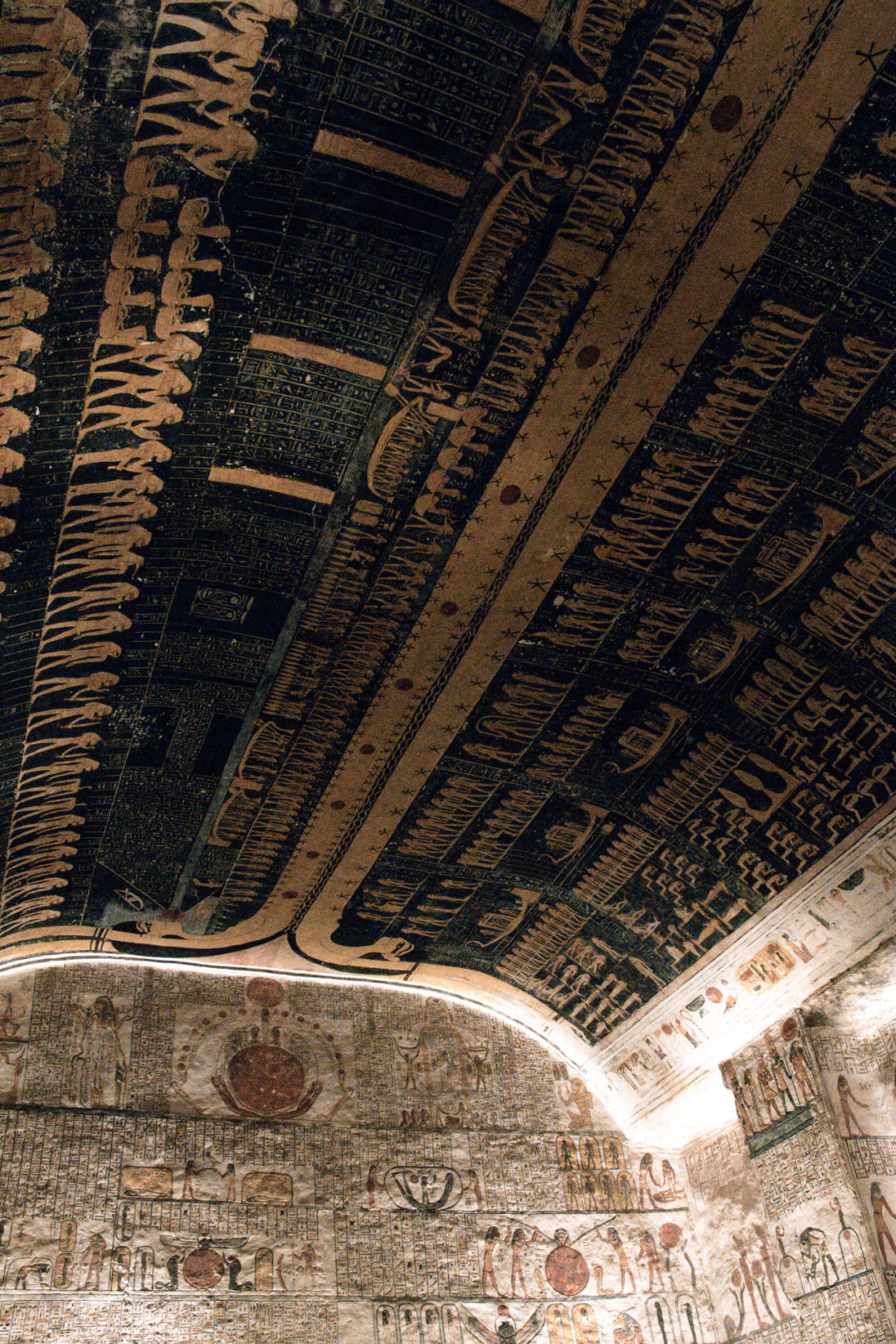
After exploring the Tomb of Tutankhamun, I met back up with Ahmed and my DSLR camera and we proceeded to our next “separate ticket” tomb: KV9.
KV9 is the Tomb of two Egyptian Pharaohs: Ramses V and Ramses VI, his uncle. Upon entering, it seemed as though everywhere I turned there was a new striking set of hieroglyphs in brightly-colored blues, golds, reds and yellows to uncover. The long corridor was so brilliant that even the ceiling was lathered in rich paints and deep carvings.
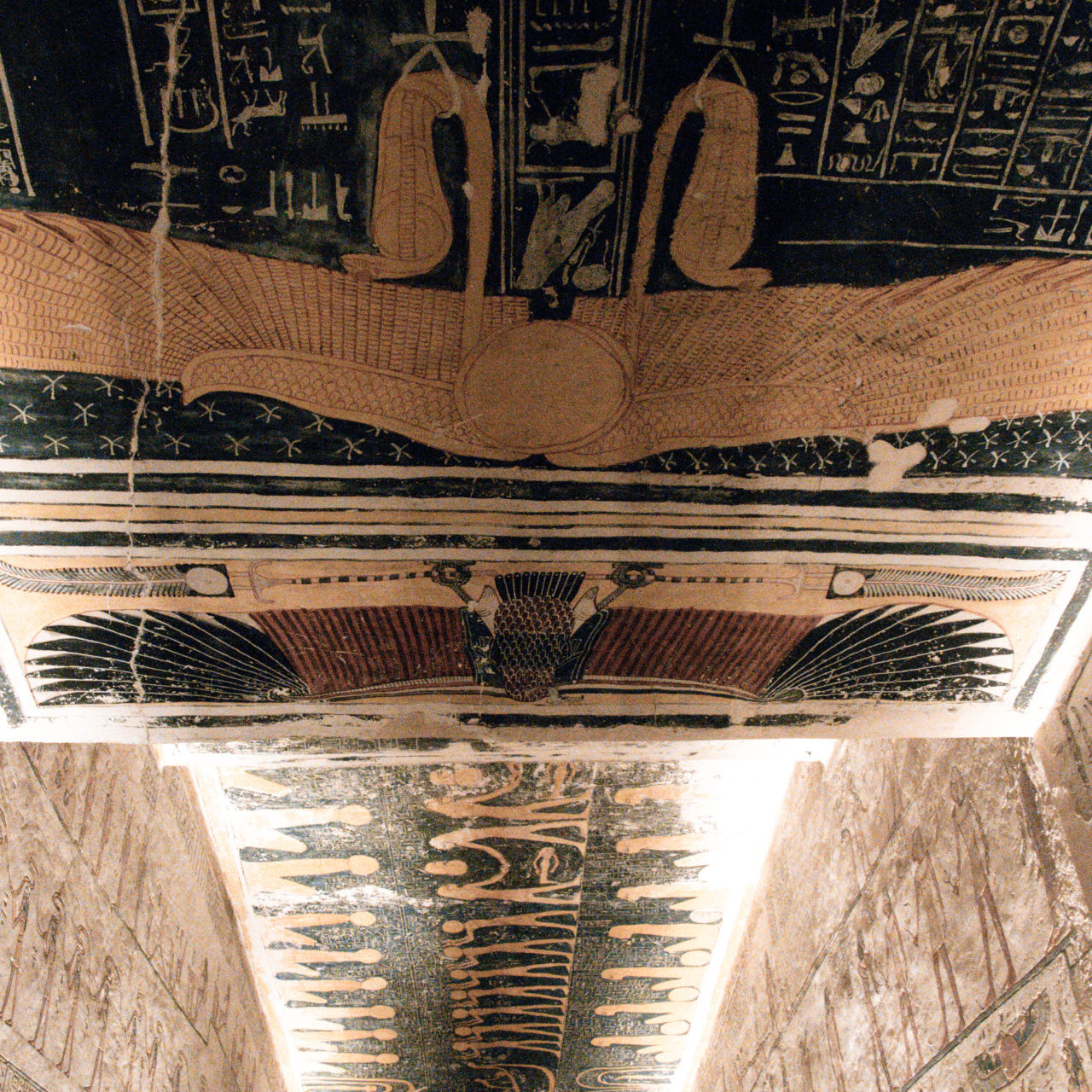
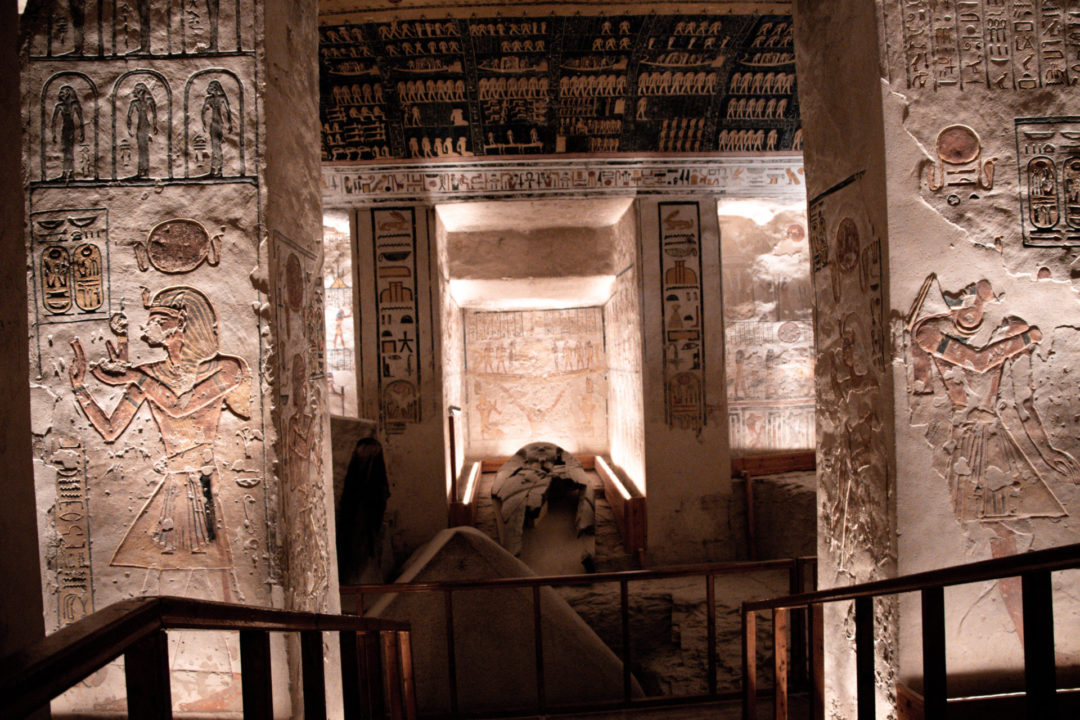
As I moved further inside, I became suddenly aware of the large smile I had plastered itself on my face, stars also replacing my eyes. I must’ve looked both focused on my surroundings and as if I was in a dream, all at once.
My favorite details of the tomb by far, however, were in the ancient burial chamber. Walking in, my eyes immediately tracked the adult-size, broken sarcophagus on the ground, bringing me back to those adventurous Mummy feelings I had first received in the Tomb of Merenptah. Scanning the room, I noticed a large black granite box to my right. It had sheltered the now broken sarcophagus at one point in time.

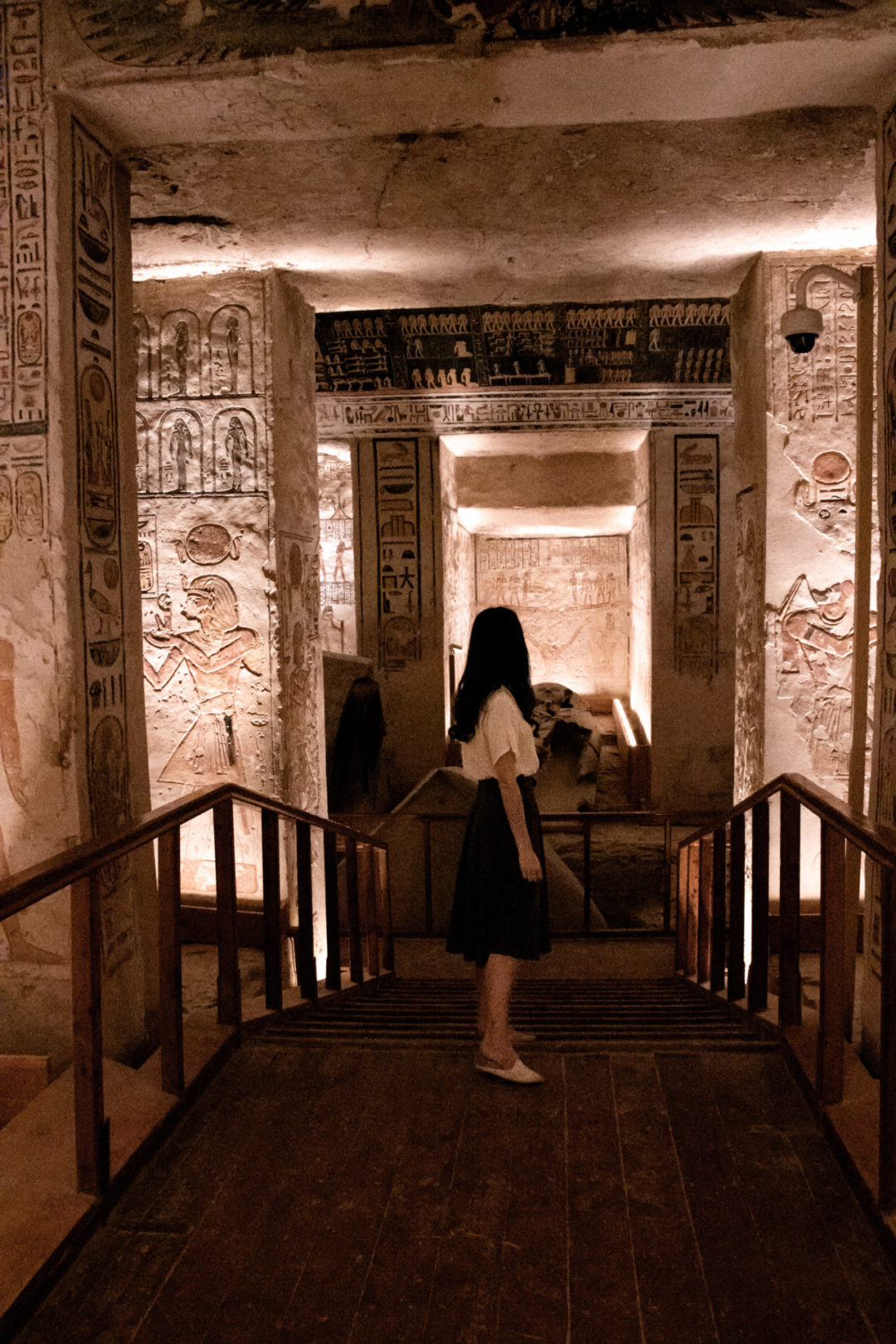
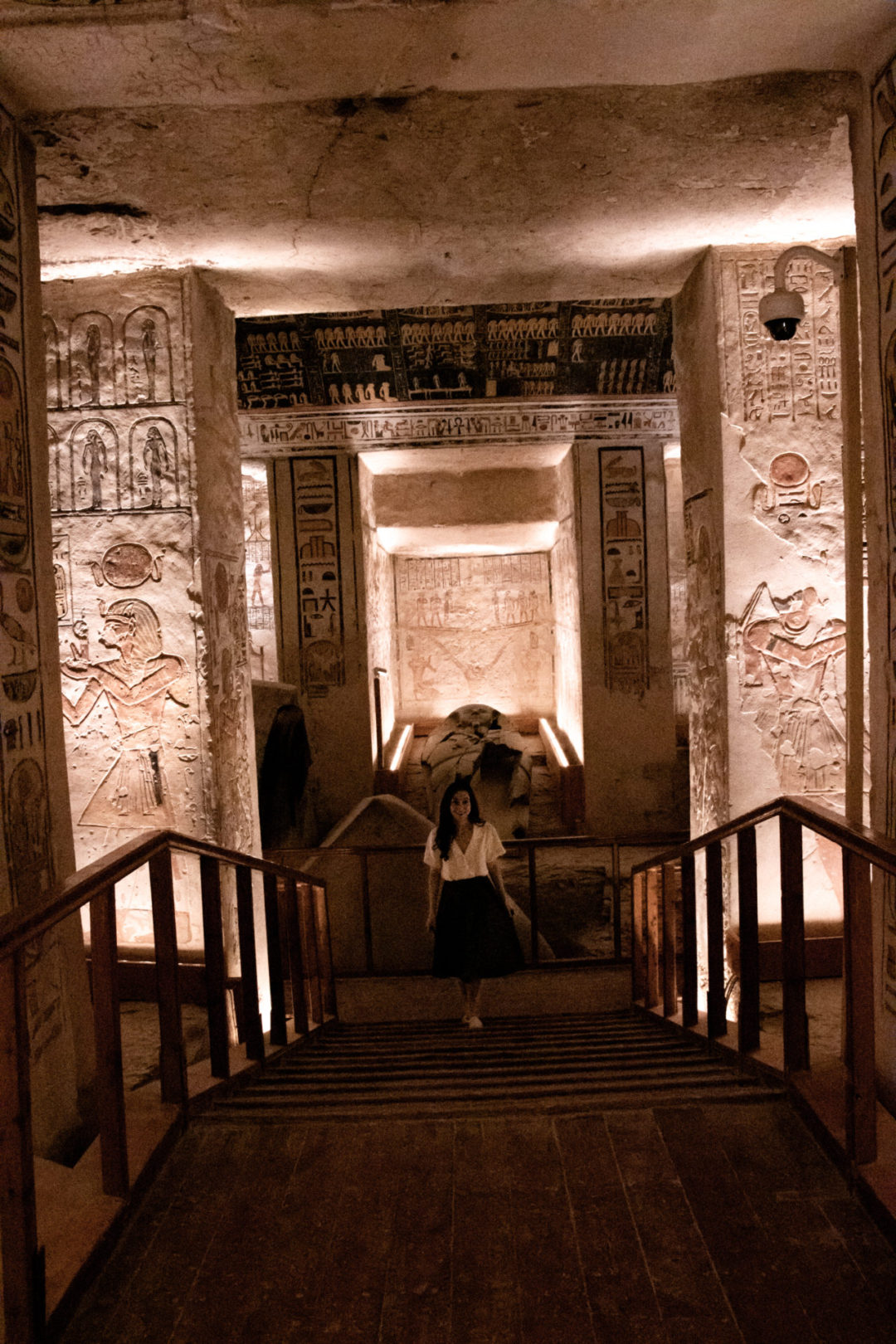
Ramses III – KV8
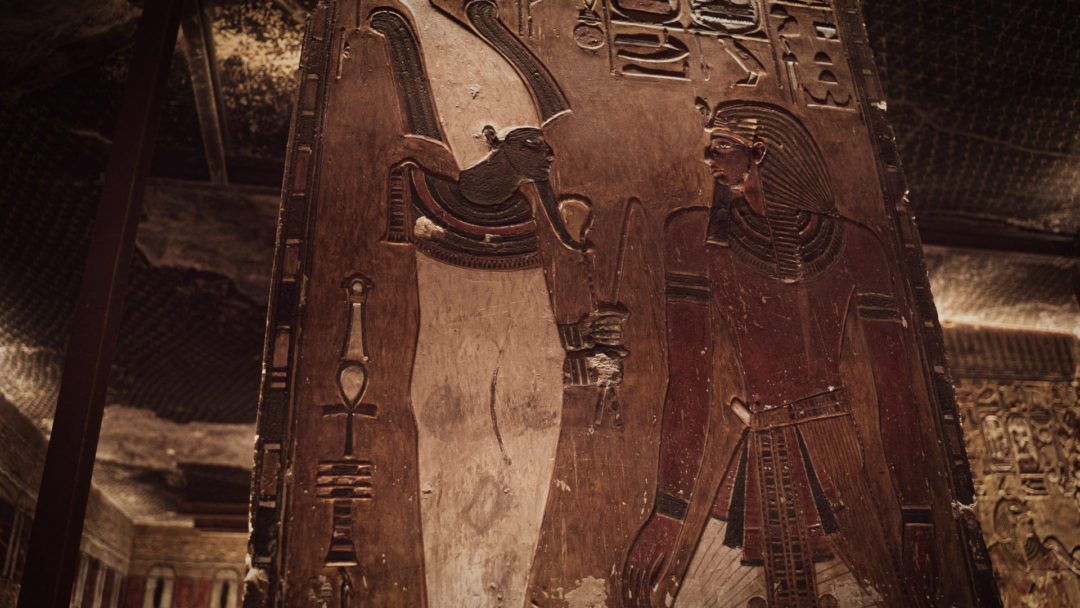
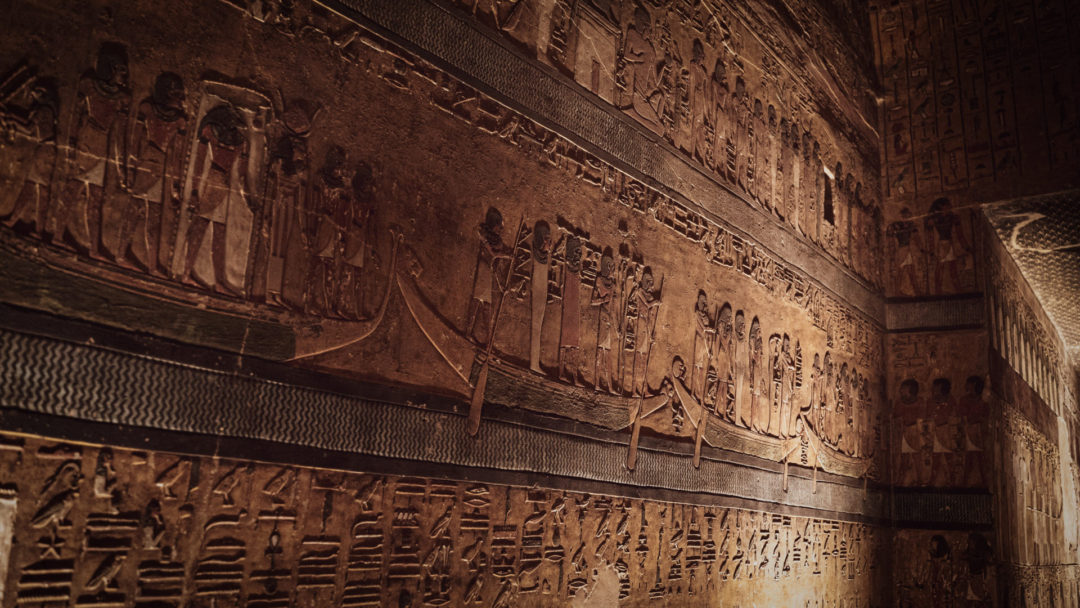
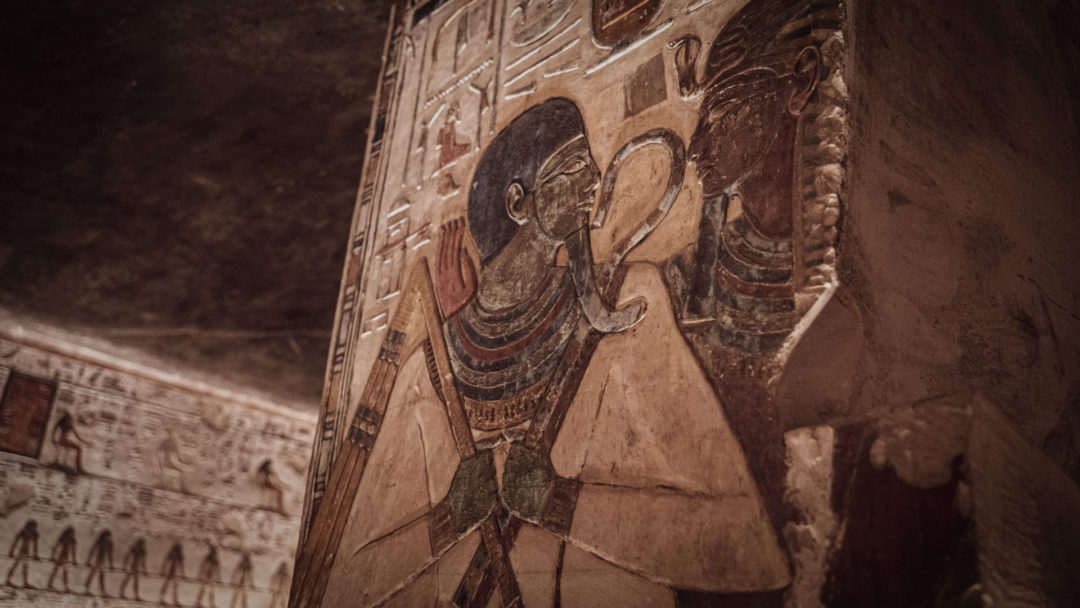
Back up at the surface, Ahmed and I walked the short ways across the dusty dirt road in the Valley to the The Tomb of Ramses III, or KV8.
Going from a tomb that required an additional ticket to a tomb that’s already included as a general admission option, I wasn’t quite prepared for the crowds that had now arrived in the Valley! Entering wasn’t a problem, but I ran into a few bottlenecks inside the tomb’s small passages, where groups huddled together studying the hieroglyphs from behind a protective wall of glass.
On top of the navigating the crowd in this small space, I quickly ran into the most aggressive guards that I had come across thus far. That sentence probably sounds a bit scary if you don’t know what you’re in for, but I promise it was only a bit frustrating. My attempts to enjoy the tomb and take in the history were interrupted more than once by these guards telling me they’d take my photo and trying to grab my camera from my hands.
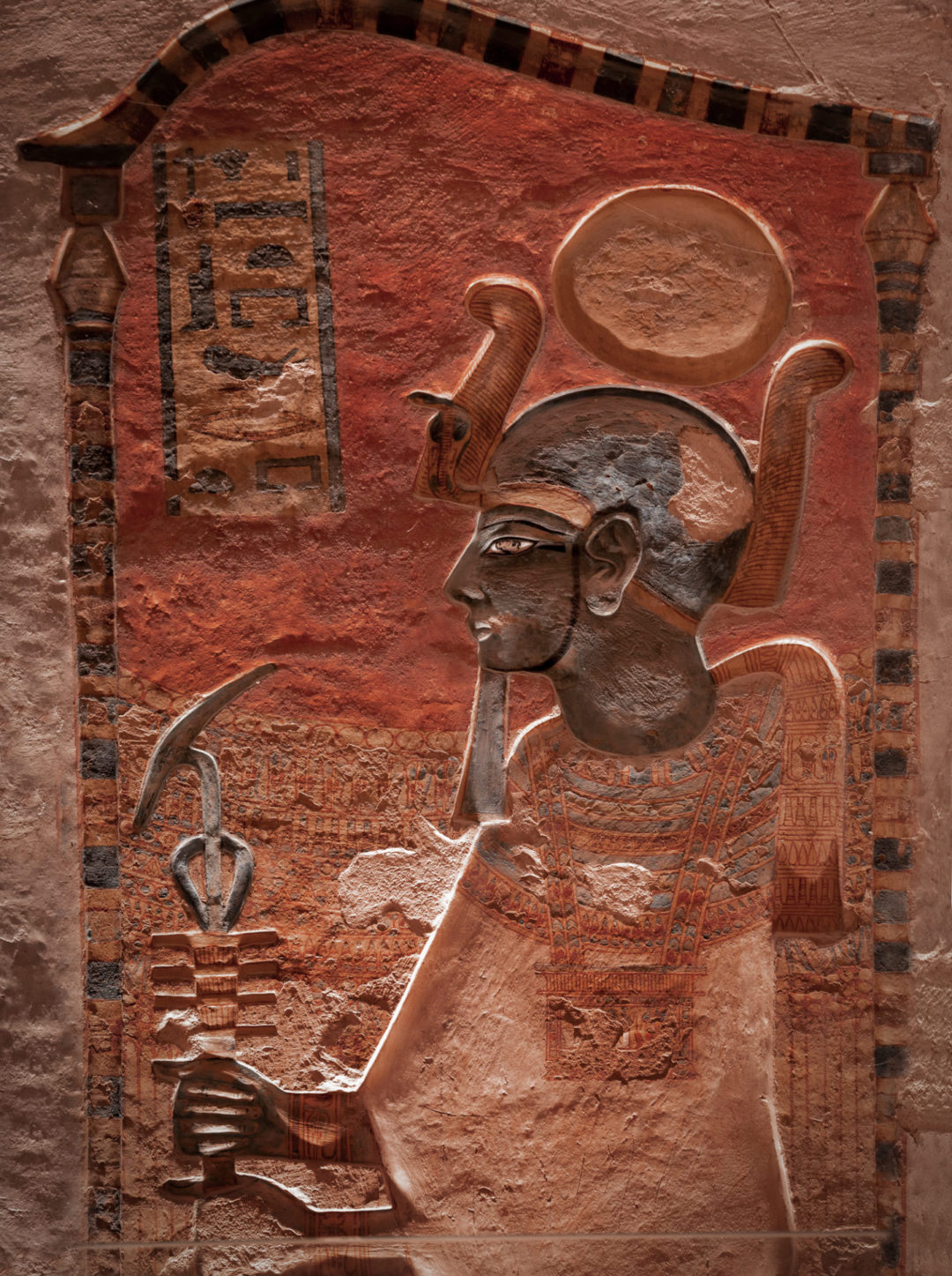
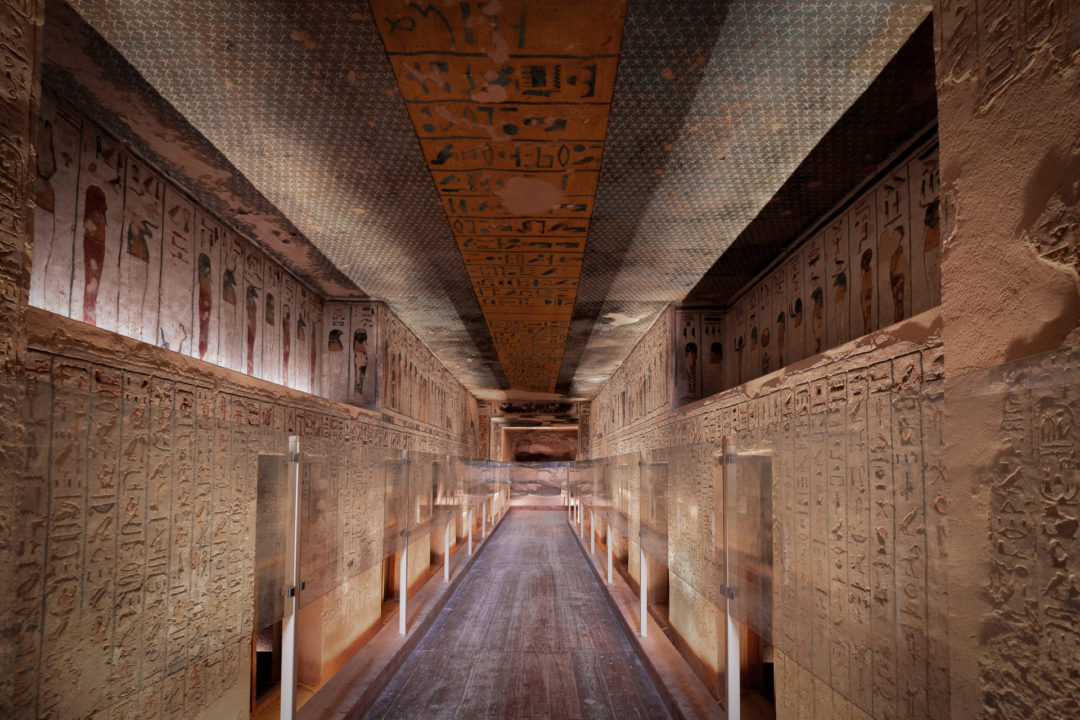
About halfway through the tomb, this scene must have begun looking a bit comical because an older couple who were also visiting came over and pretended that I was part of their group so the guards would back down. We chatted for a bit and they even volunteered to take my photo to drill it in for the guards a bit more, an incredibly kind offer.
Unfortunately, when we crossed paths, they were leaving the tomb while I was only moving further in. I felt so grateful for their help, but I didn’t want to hold up their visit any longer so after a few minutes, I thanked them and told them I could manage from there and that I hope they enjoyed the rest of their trip.
At this point, a few guards came back and I finally allowed one to join me so the others would stop reaching for my camera – and thank goodness, it worked. Nearing the end of the tomb, we found a beautiful staircase with a break in the crowds and the guard joining me took my photo while I finally took in the colorful hieroglyphs from a more peaceful spot. The chaos was suddenly worth it.
We inevitably made our way back, dodging incoming tourists, and at the entrance I handed over a baksheesh for the guard’s time and rejoined Ahmed to head to our final tomb of the day.
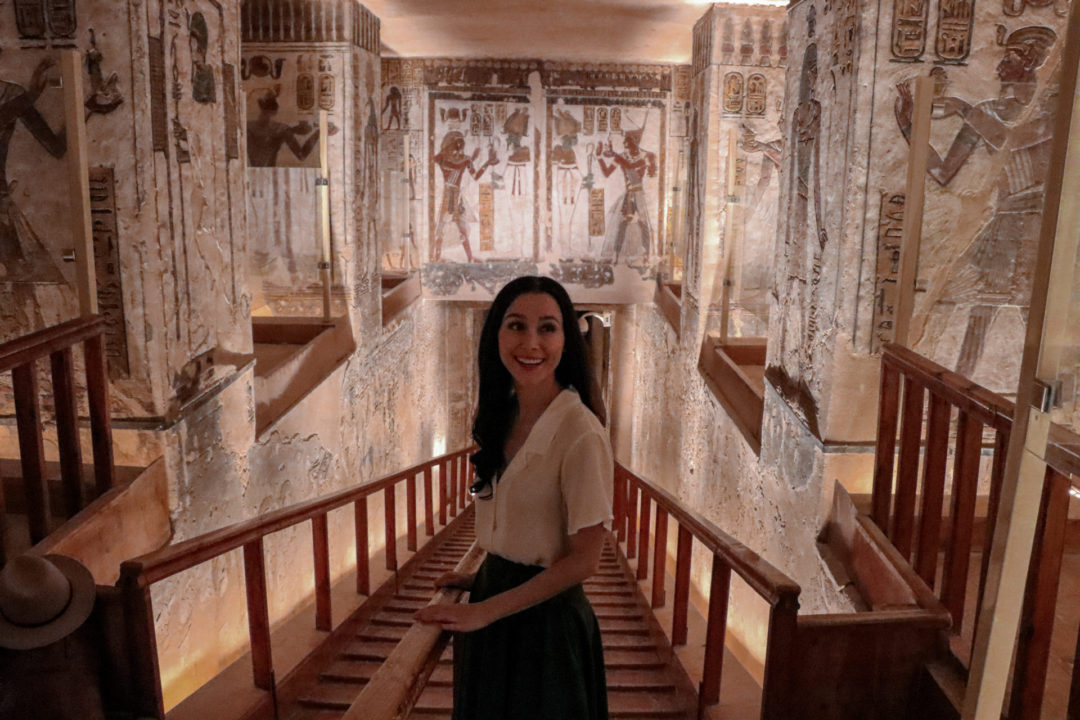
Ramses IX – KV6
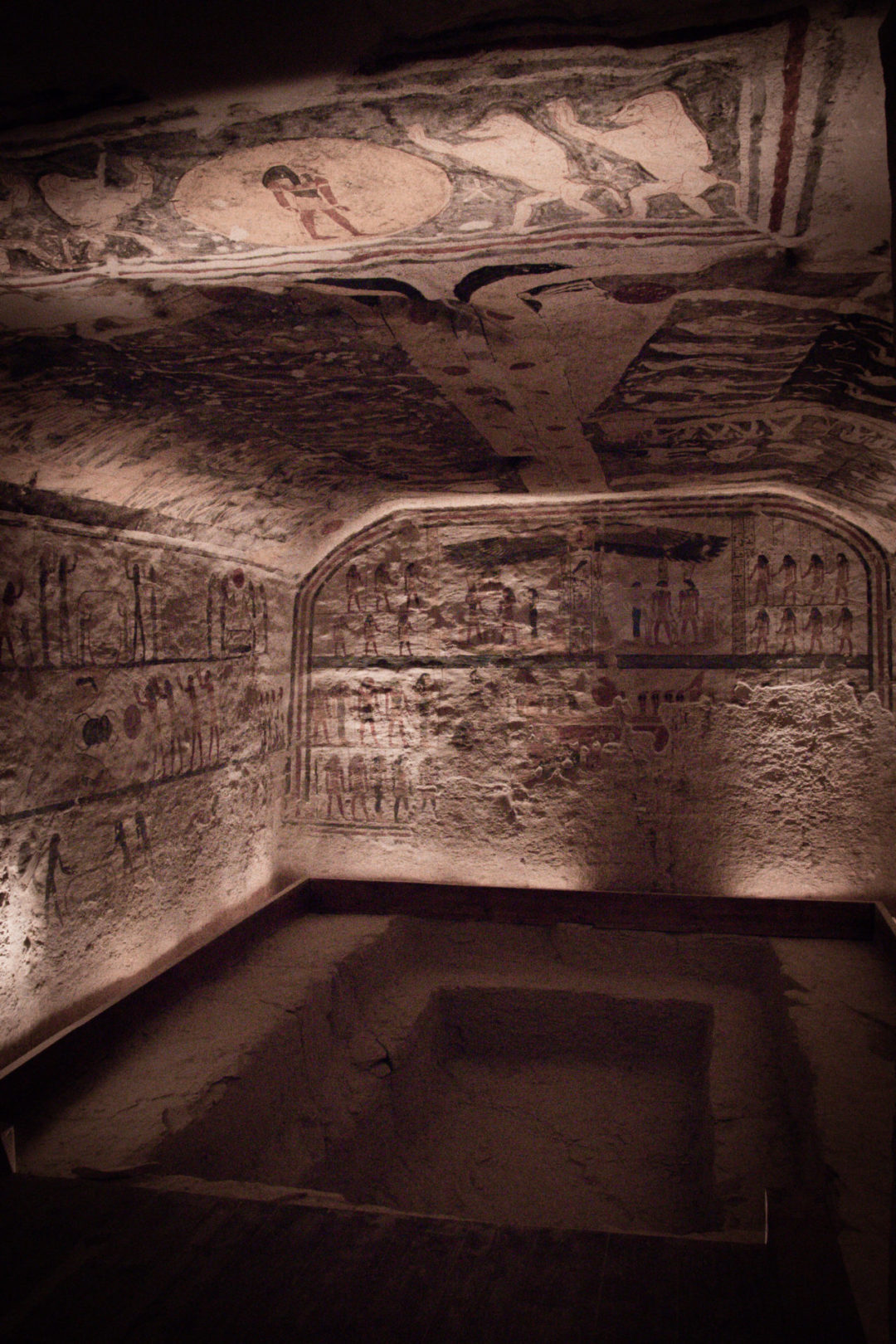
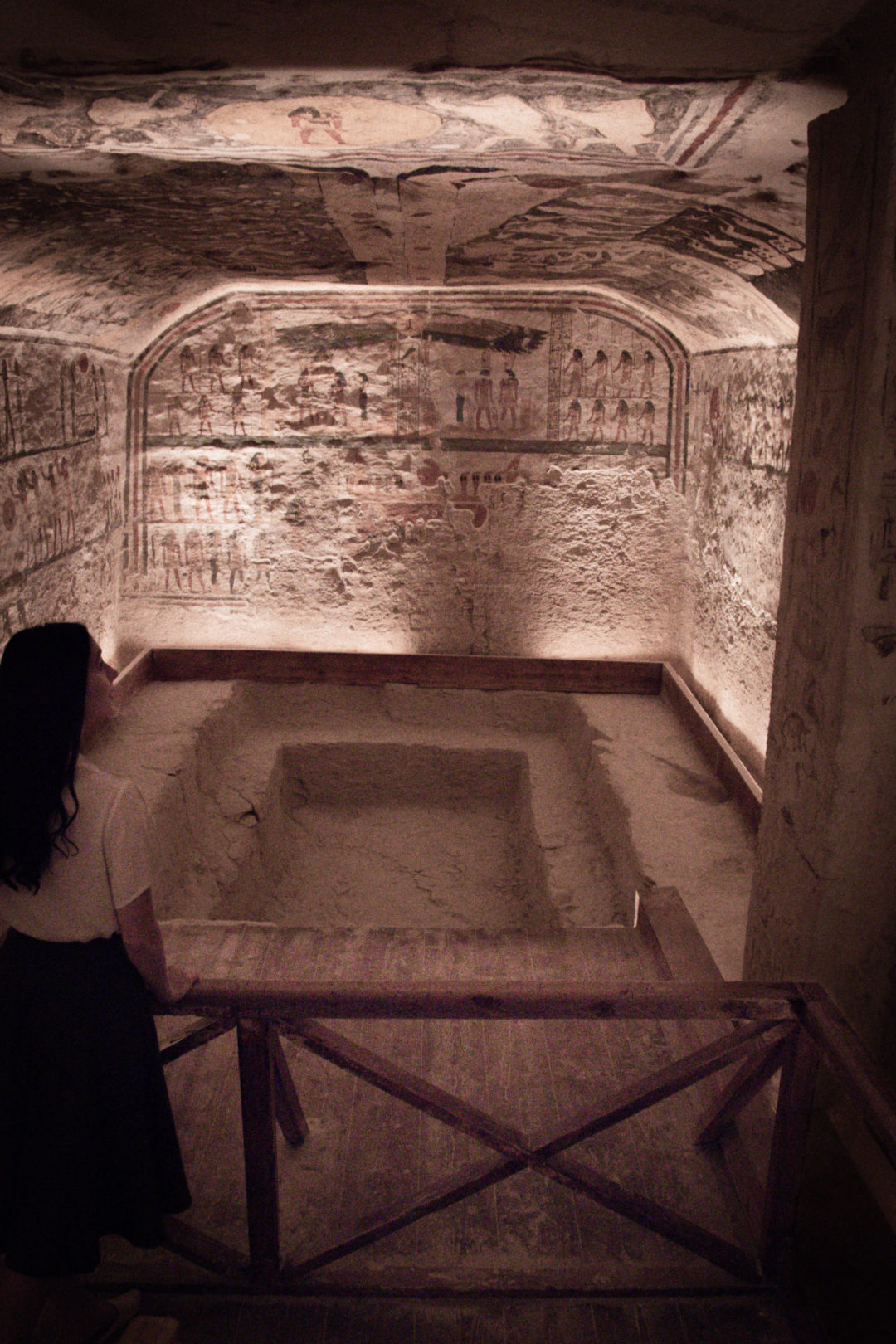
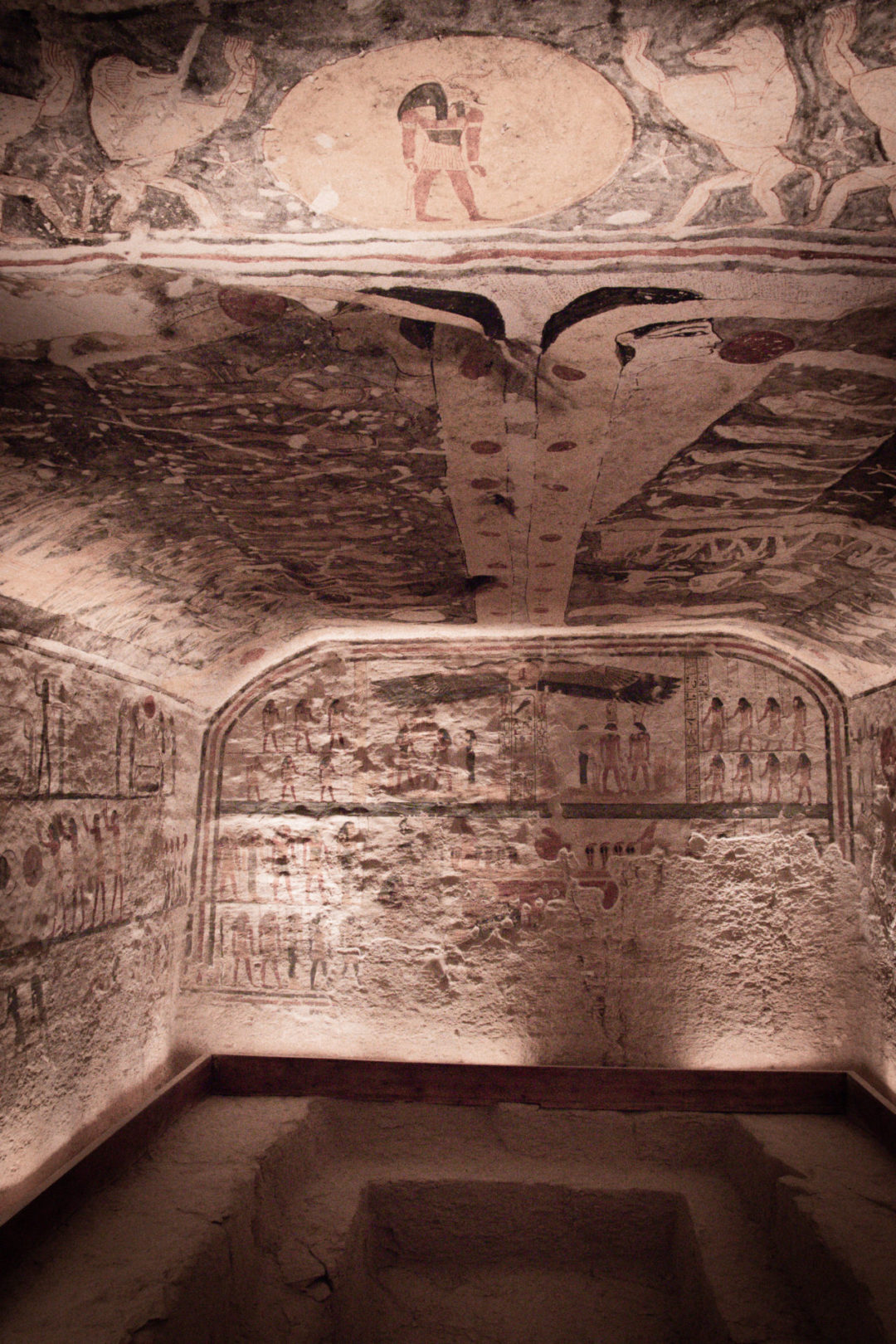
For the final stop, Ahmed and I walked over to KV6, the Tomb of Ramses IX. The tomb was almost completely empty when we arrived so the guards there allowed Ahmed to journey inside with me.
The site here was small, with one short passage leading to a compact burial chamber. But like the Tomb of Ramses III, the walls were still decorated in their original and vibrant shades of blue, red and gold, albeit due to the protective glass layer that surrounded them.
Almost immediately, I was drawn to KV6’s walls and the ceiling. Ahmed definitely noticed, telling me how they bring to life the details inside the ancient Egyptian Book of the Dead, which was used here as a way to help the Pharaoh find his way to the afterlife. Everywhere I looked there were inscriptions with intricate spells, carvings of unique animals and colorful depictions of the gods. It was a glorious sight to see, one where you feel both the presence and the weight of the meanings they formerly held.
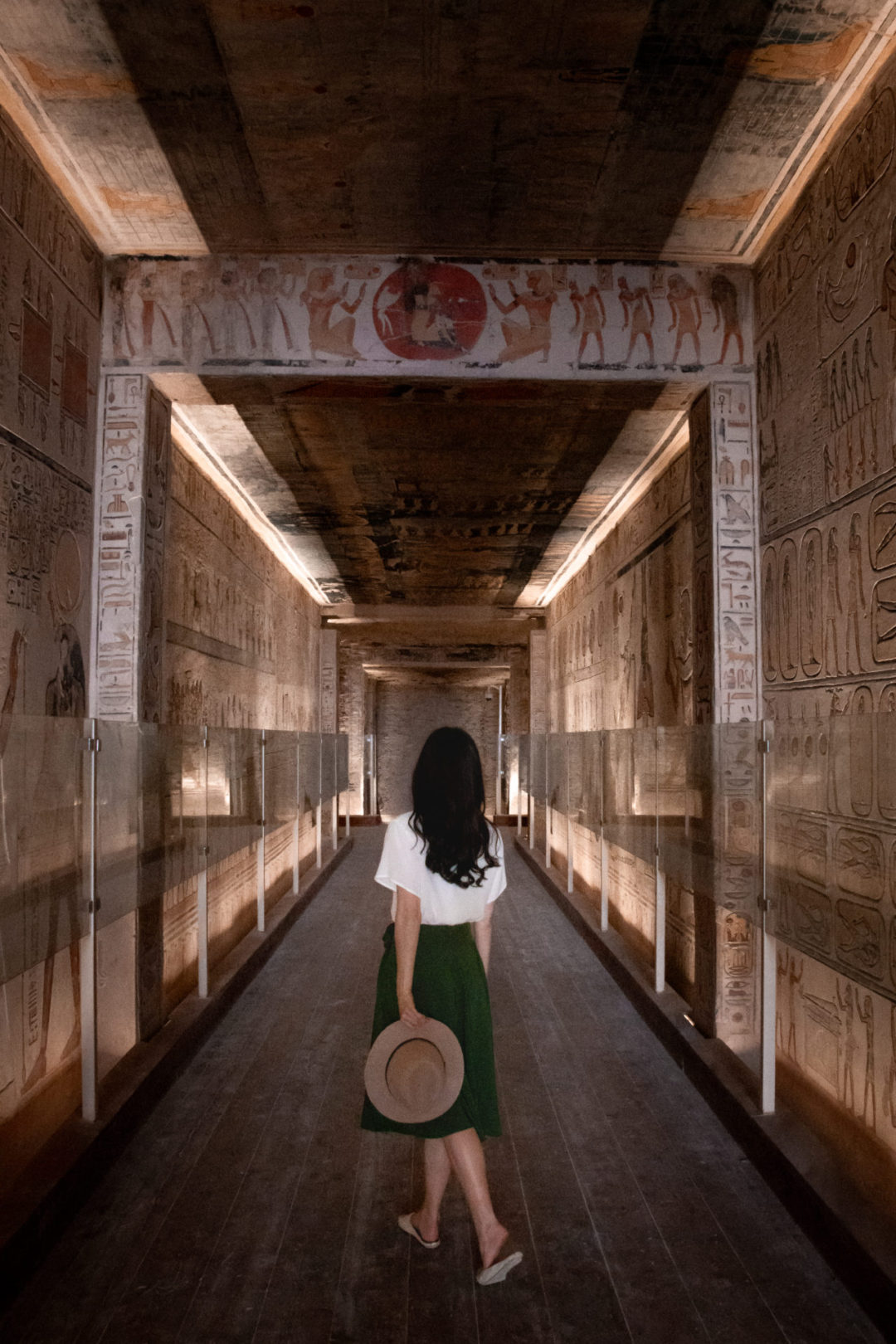
Reflections
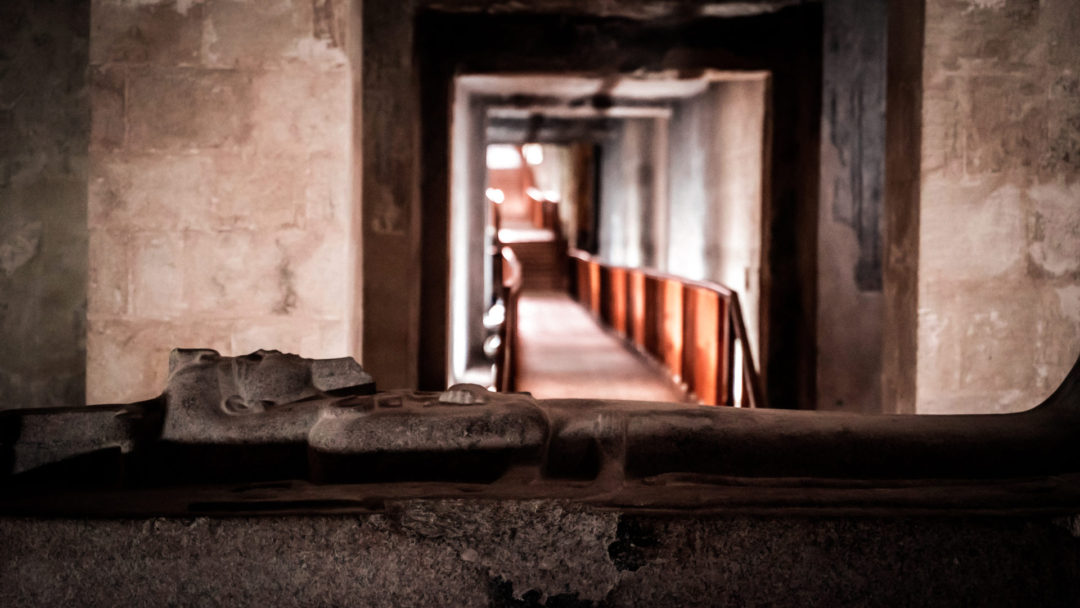
Making my way back up the Valley’s dusty road and toward the exit with Ahmed, I couldn’t help but feel a sense of reverence for the ancient civilization that had created this breathtaking place. The tombs in the Valley of the Kings were a sheer testament to their skill, dedication, and belief in the afterlife. And for me, it was a magical travel moment and a humbling reminder of the incredible history waiting to be discovered around every corner of the world.
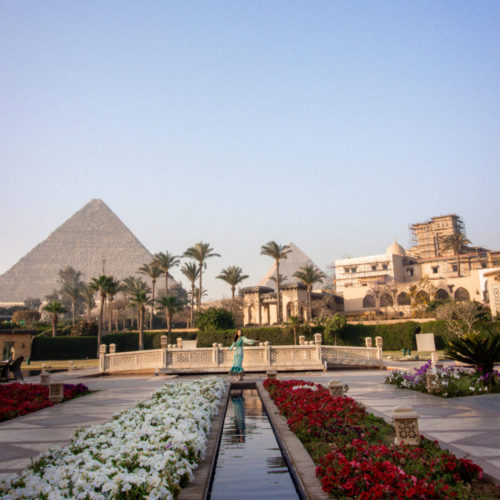 Discovering Marriott Mena House in Cairo: Hotel Review
Discovering Marriott Mena House in Cairo: Hotel Review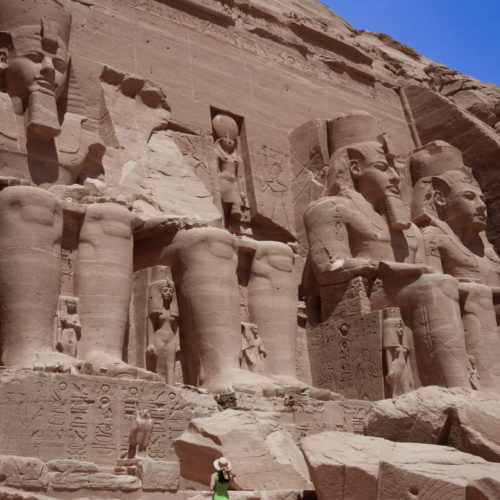 A Wonderful Day Visiting Abu Simbel in Egypt
A Wonderful Day Visiting Abu Simbel in Egypt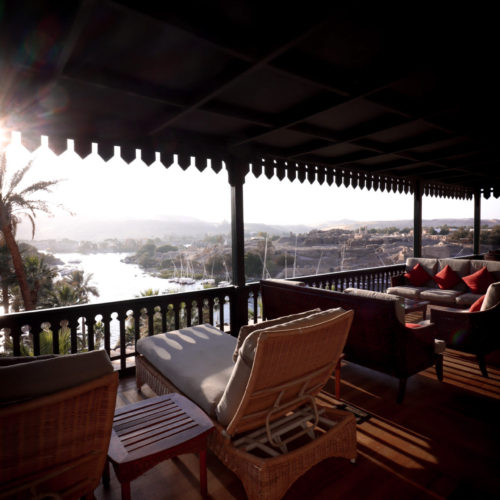 Death on the Nile Travel Guide: Everything You Need to See in Aswan
Death on the Nile Travel Guide: Everything You Need to See in Aswan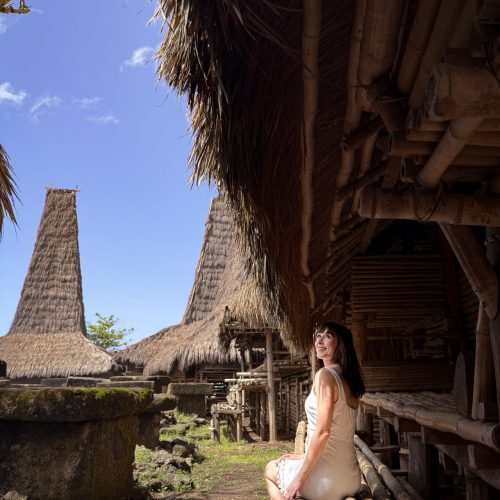 The Must Visit Traditional Villages in Sumba, Indonesia
The Must Visit Traditional Villages in Sumba, Indonesia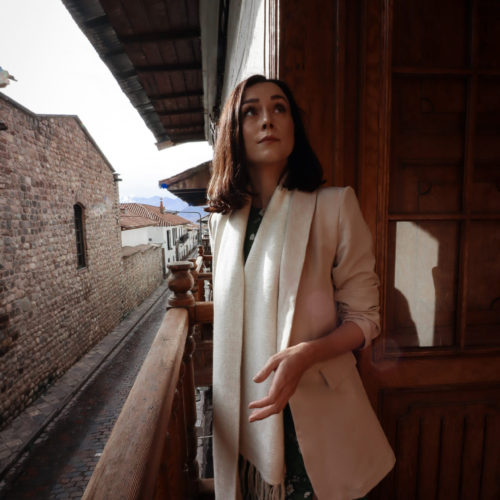 6 Mistakes I Made in Cusco, Peru
6 Mistakes I Made in Cusco, Peru Sumba, Indonesia: The Island You Haven’t Heard Of (But Should Know)
Sumba, Indonesia: The Island You Haven’t Heard Of (But Should Know)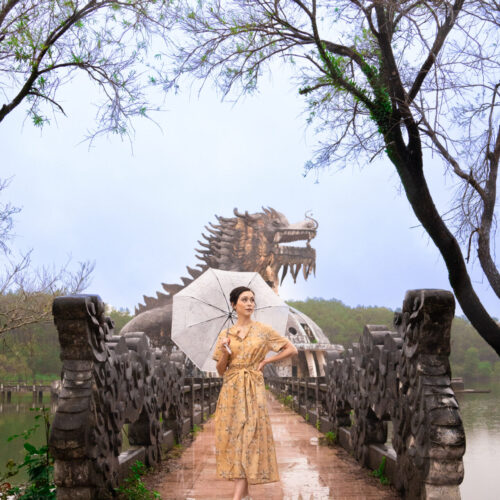 6 Mistakes I Made in Vietnam
6 Mistakes I Made in Vietnam How To Spend One Day in Topanga Canyon
How To Spend One Day in Topanga Canyon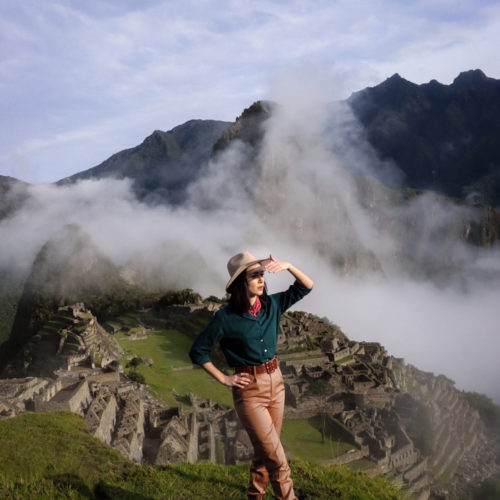 An Exciting Two Days In Machu Picchu By Train
An Exciting Two Days In Machu Picchu By Train
